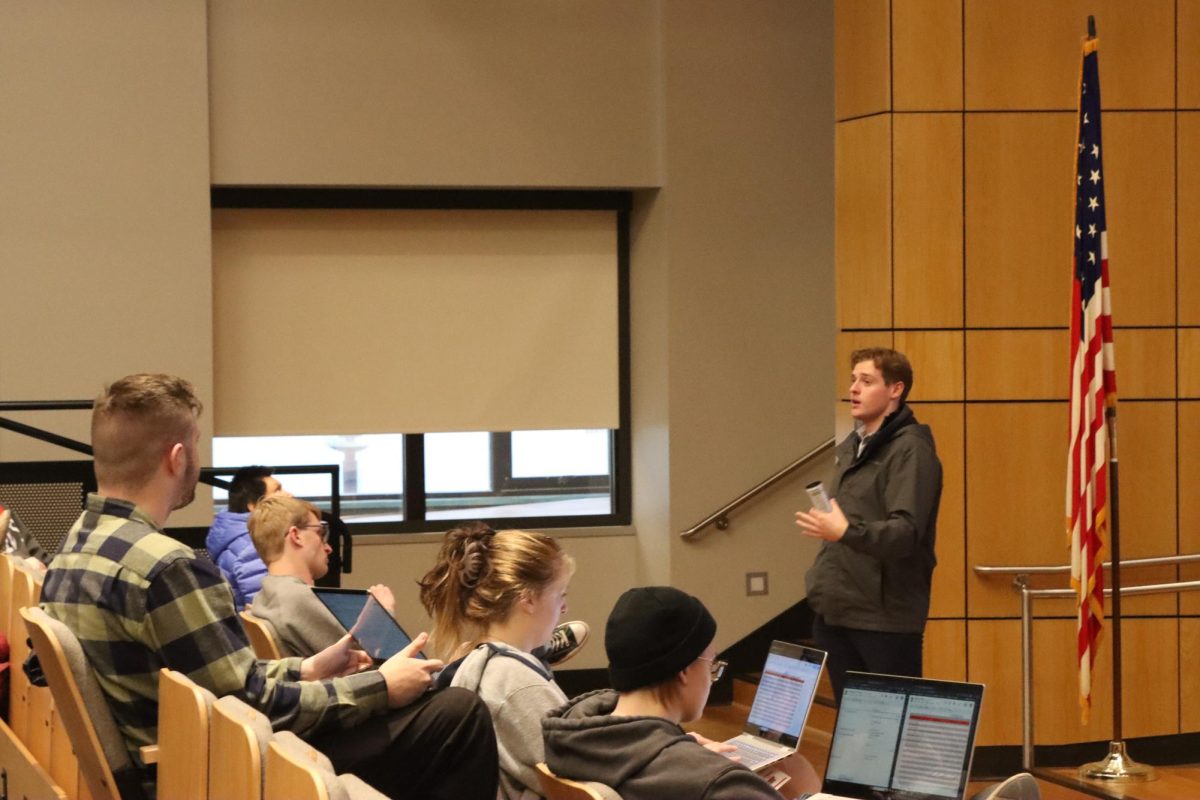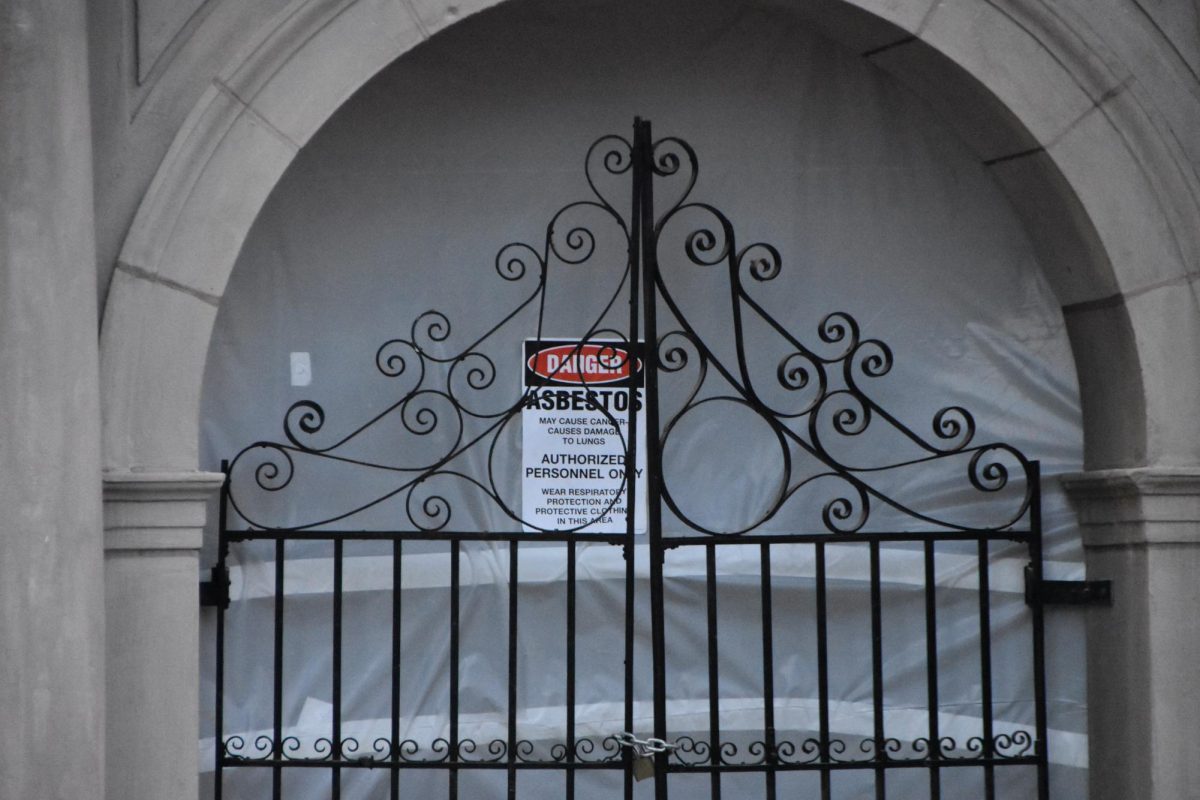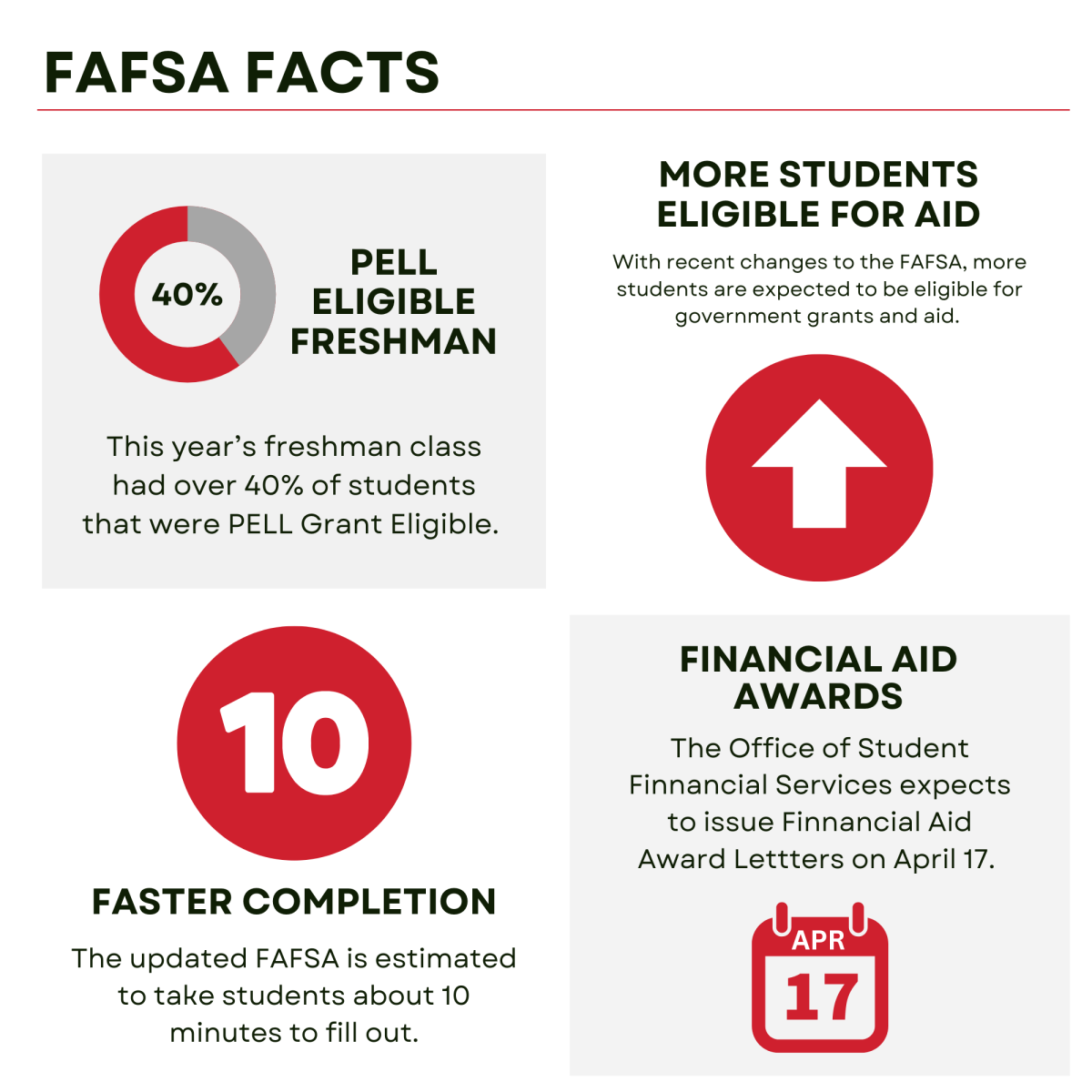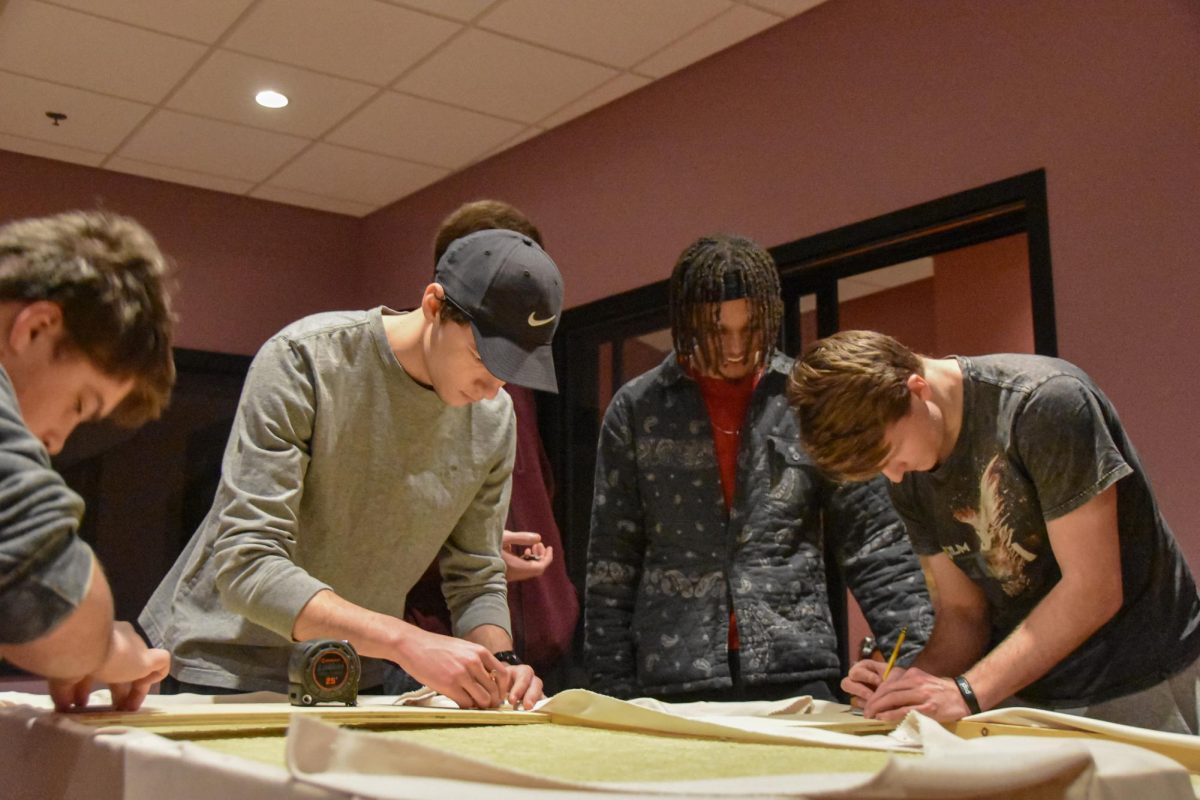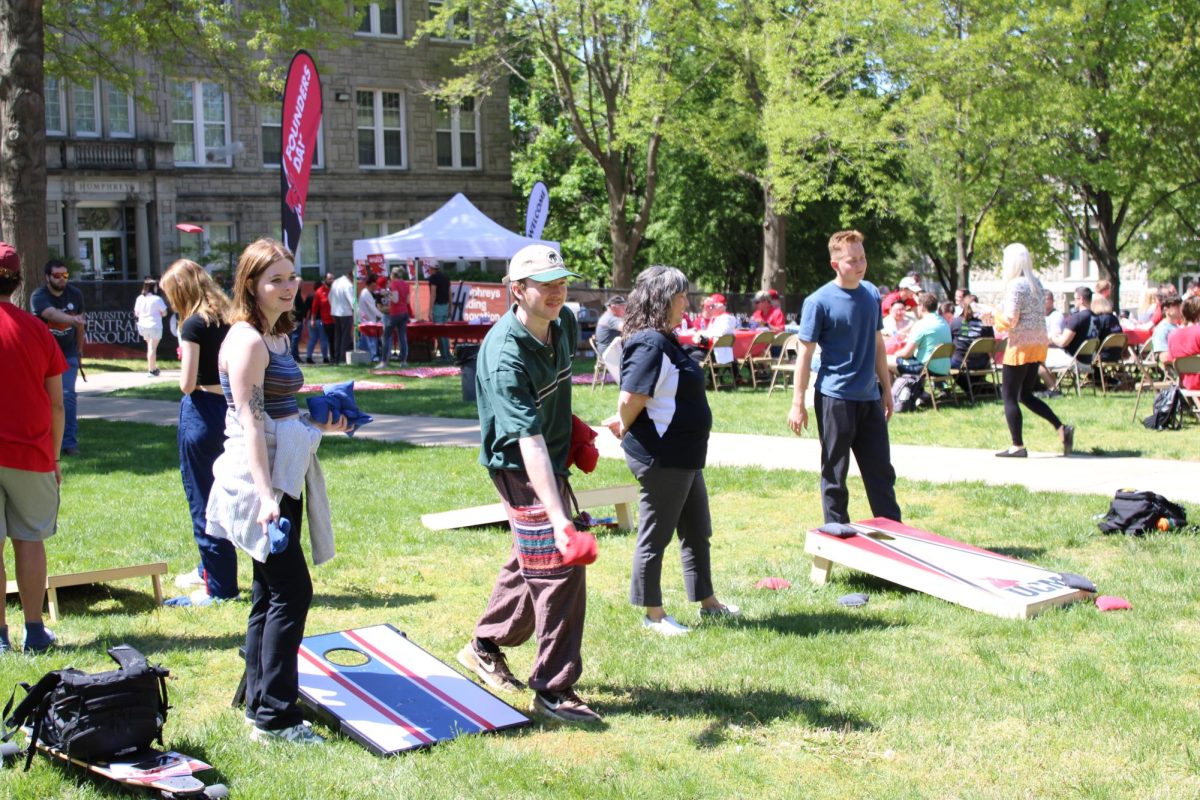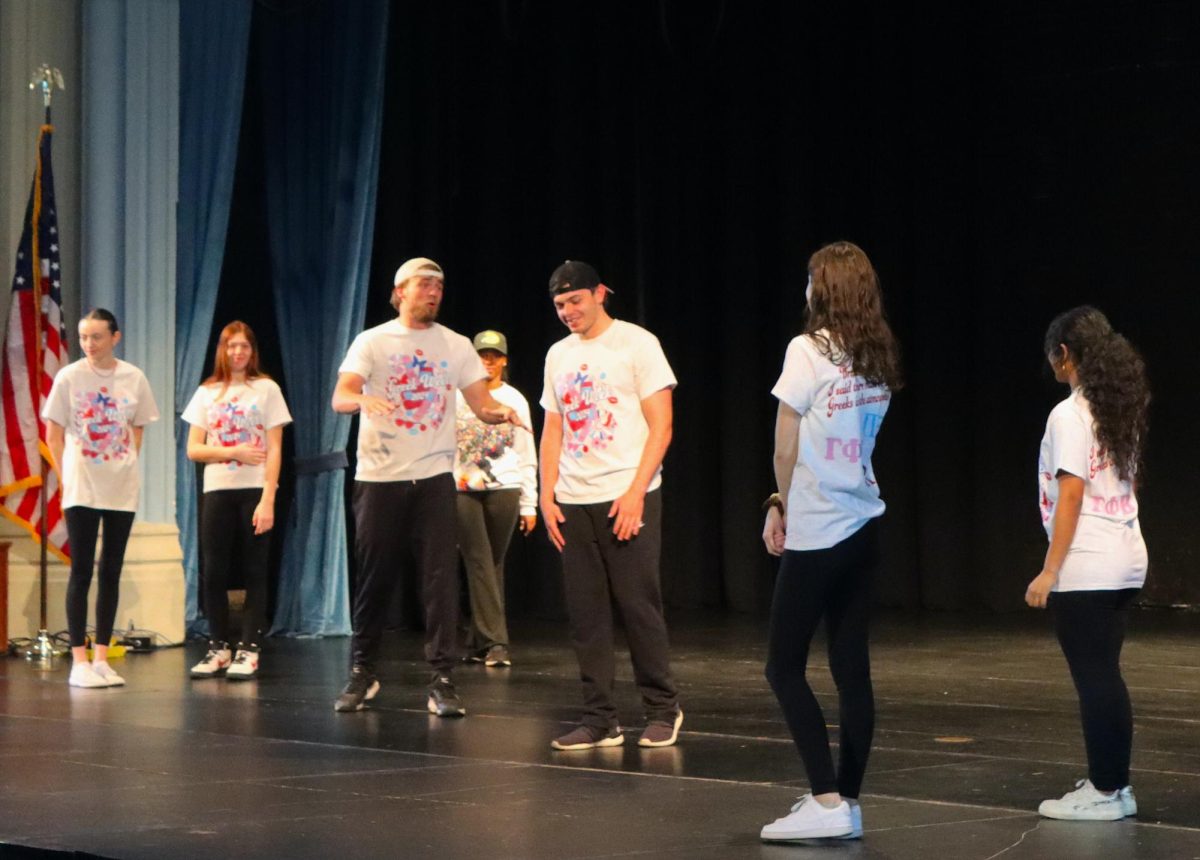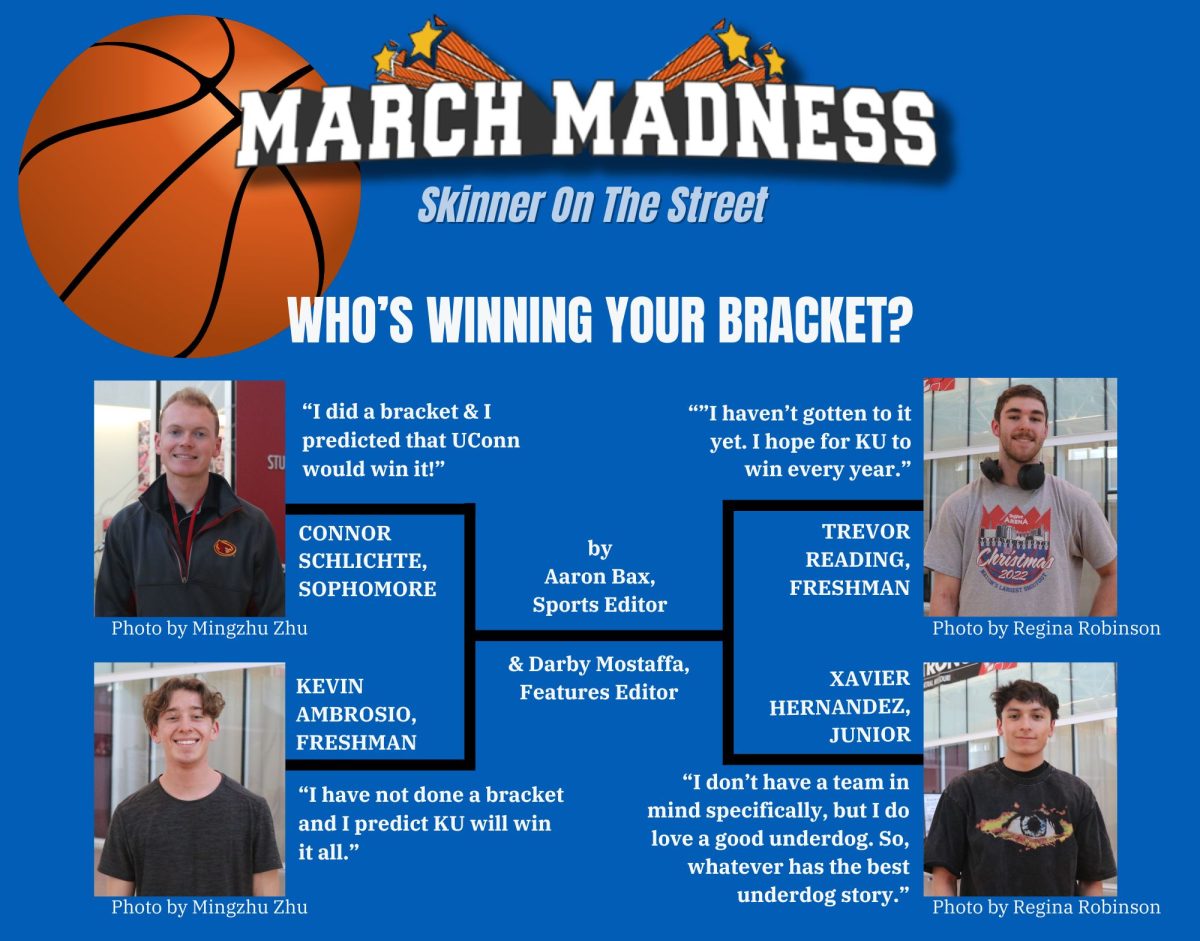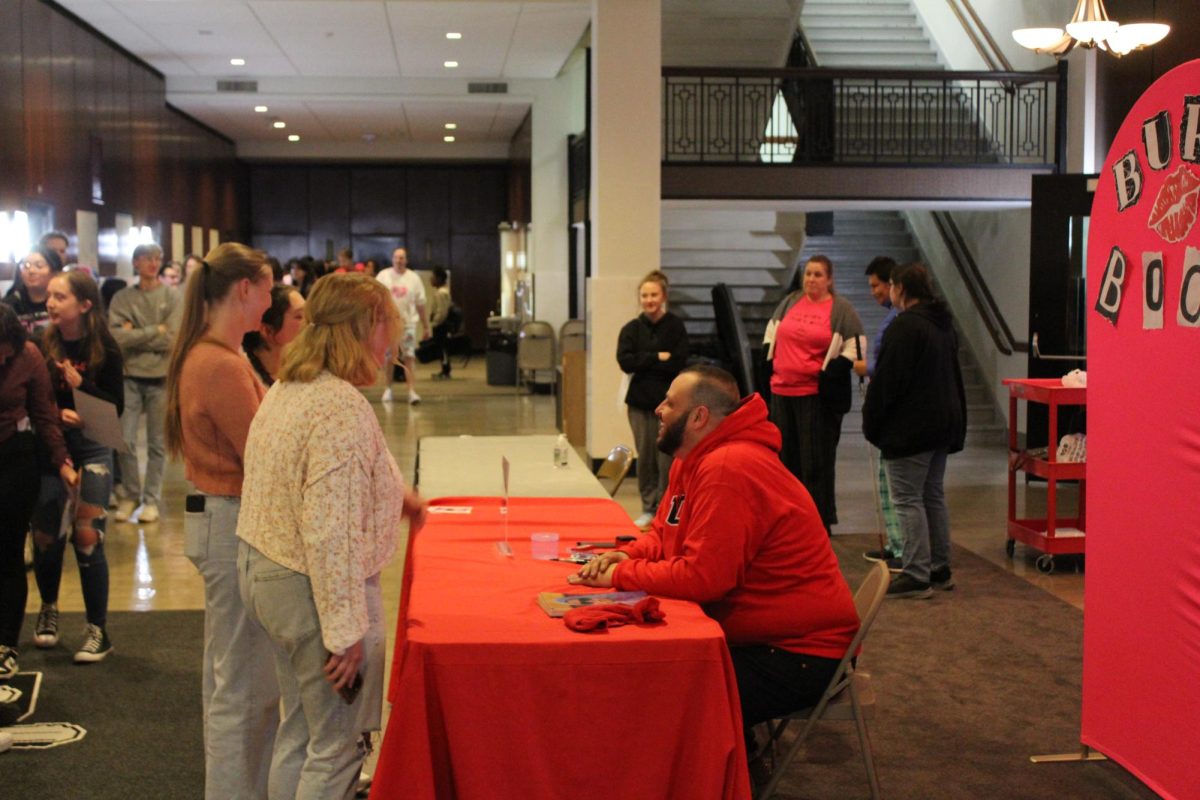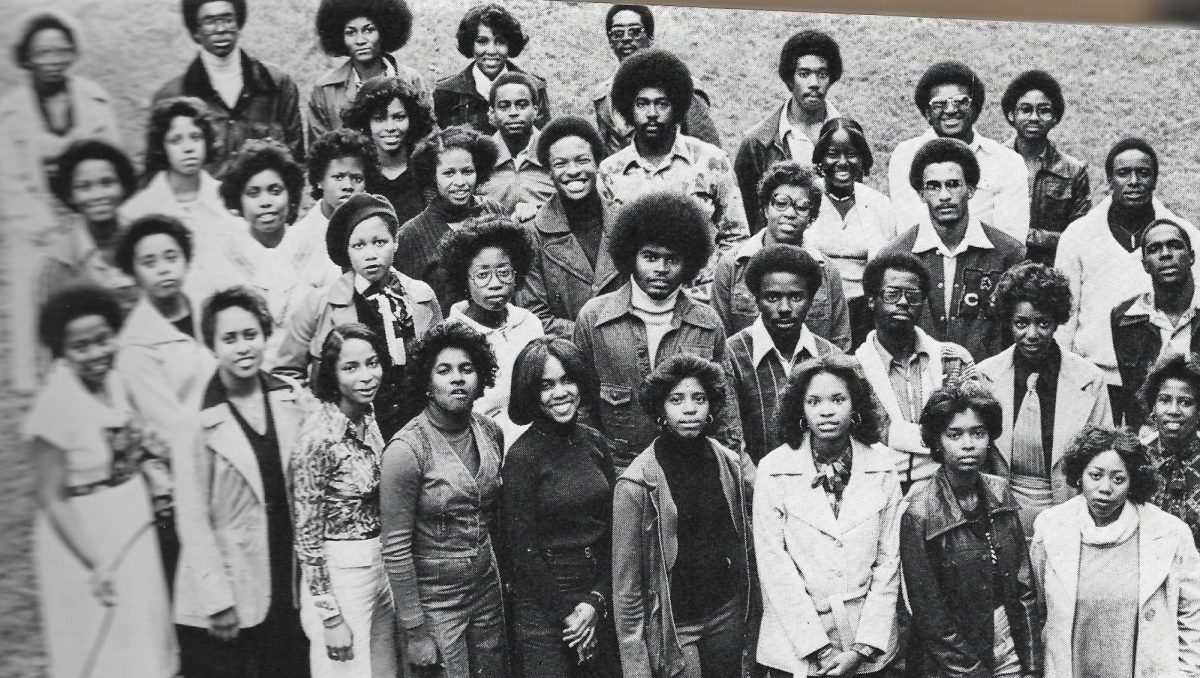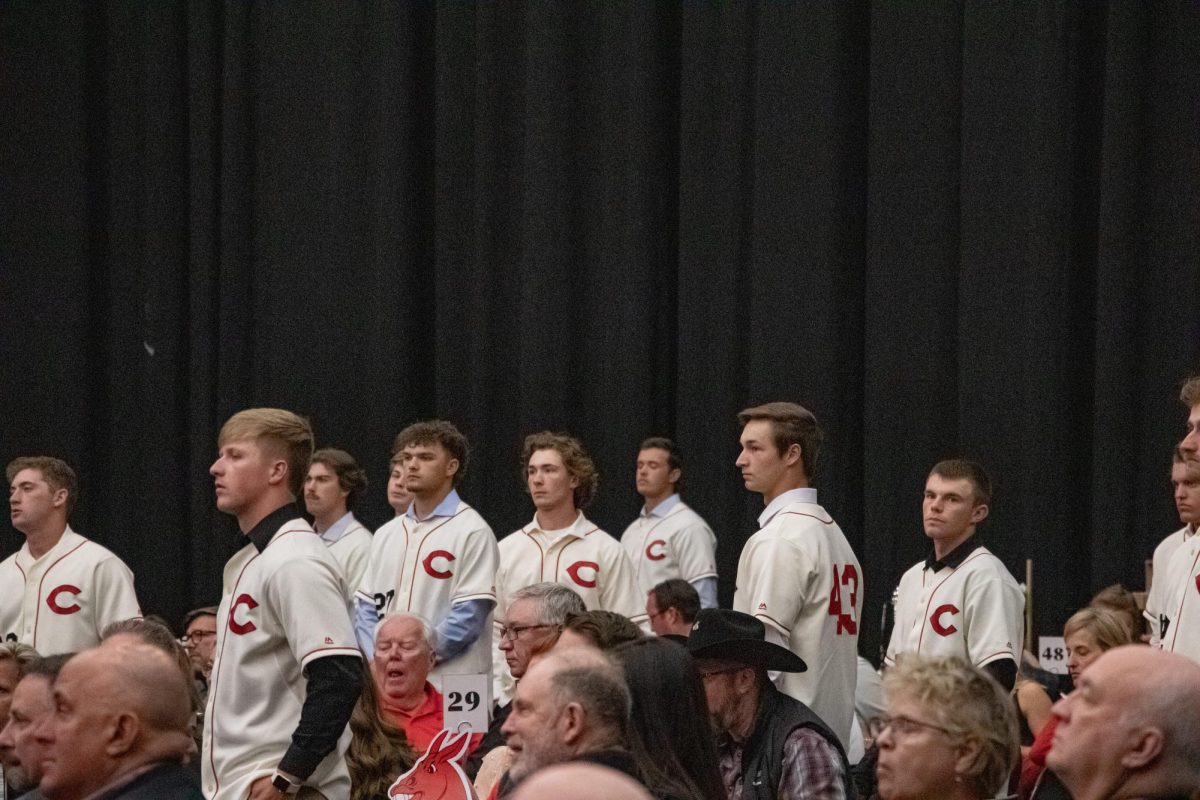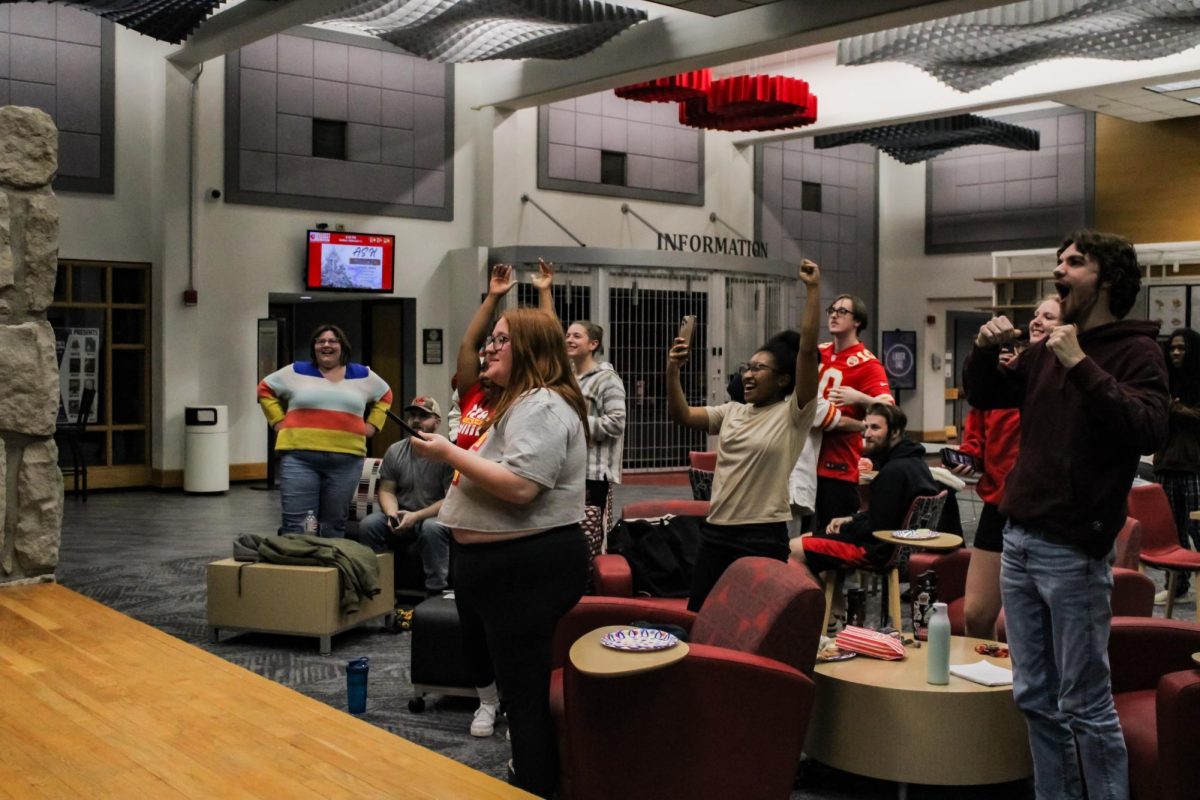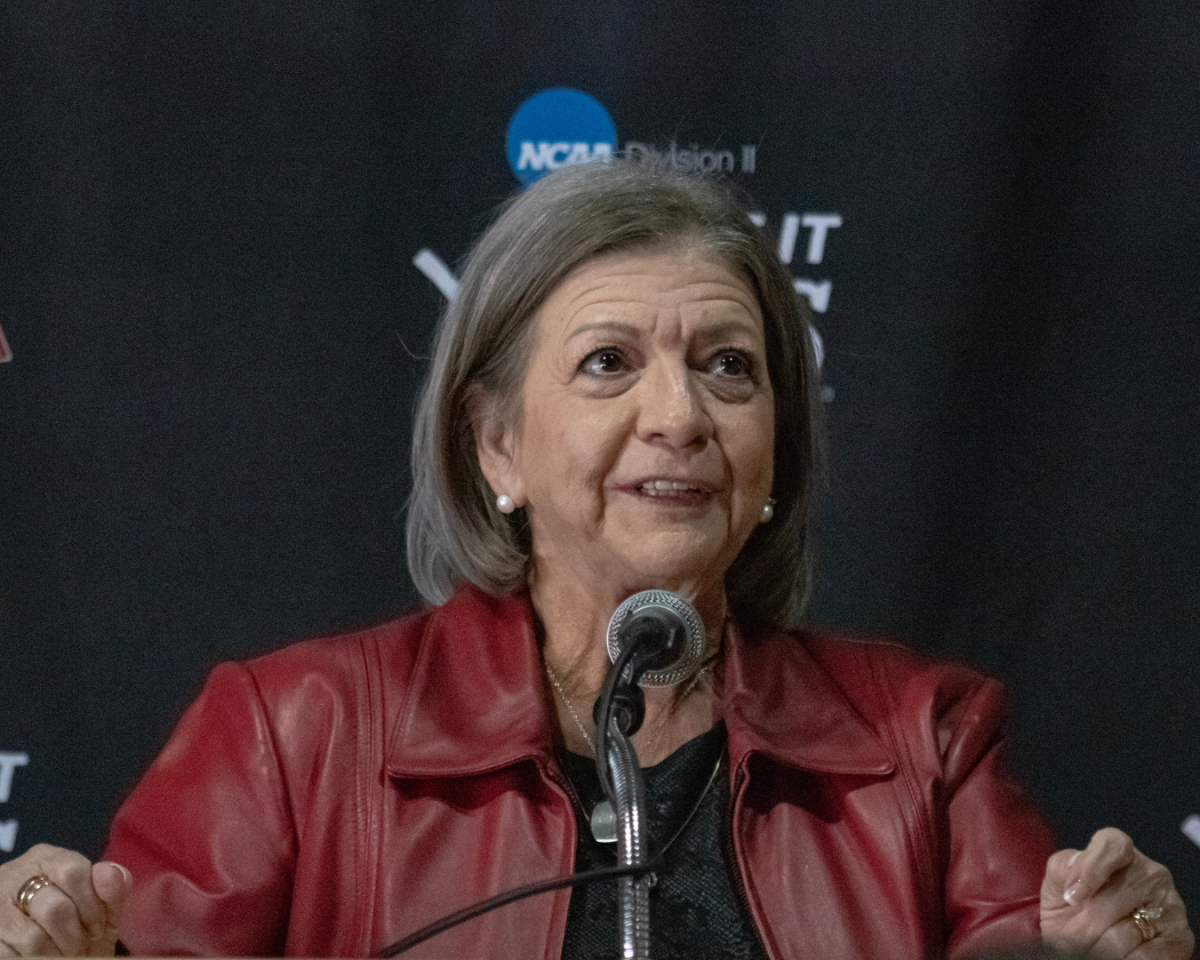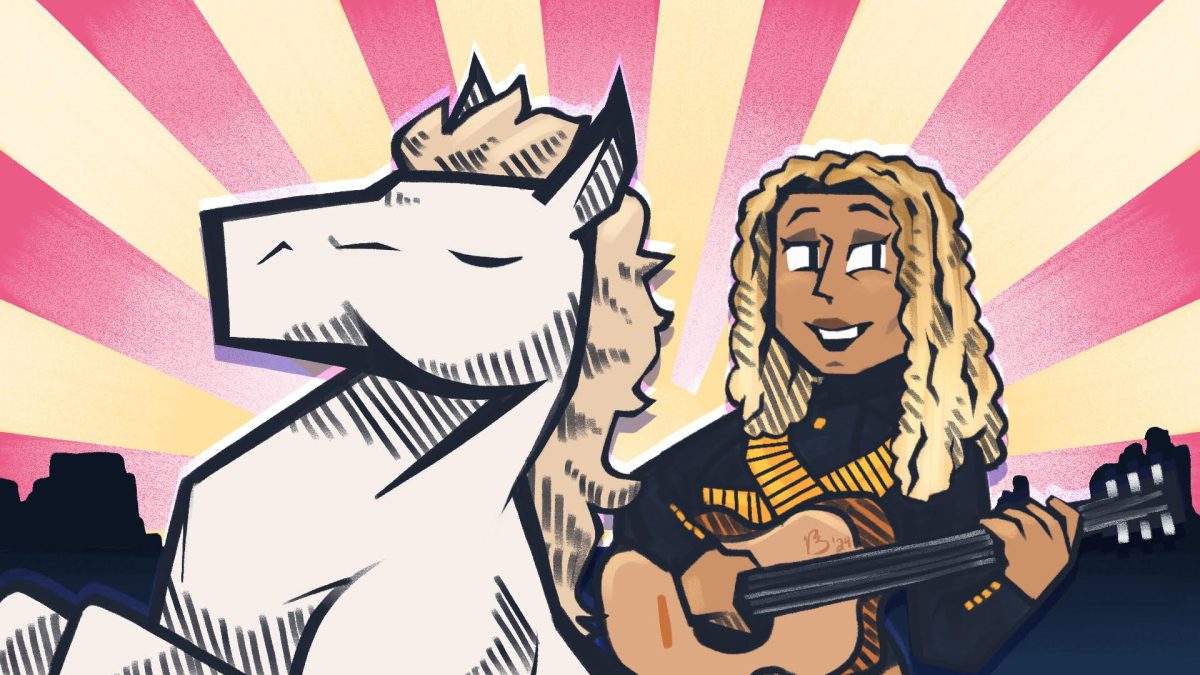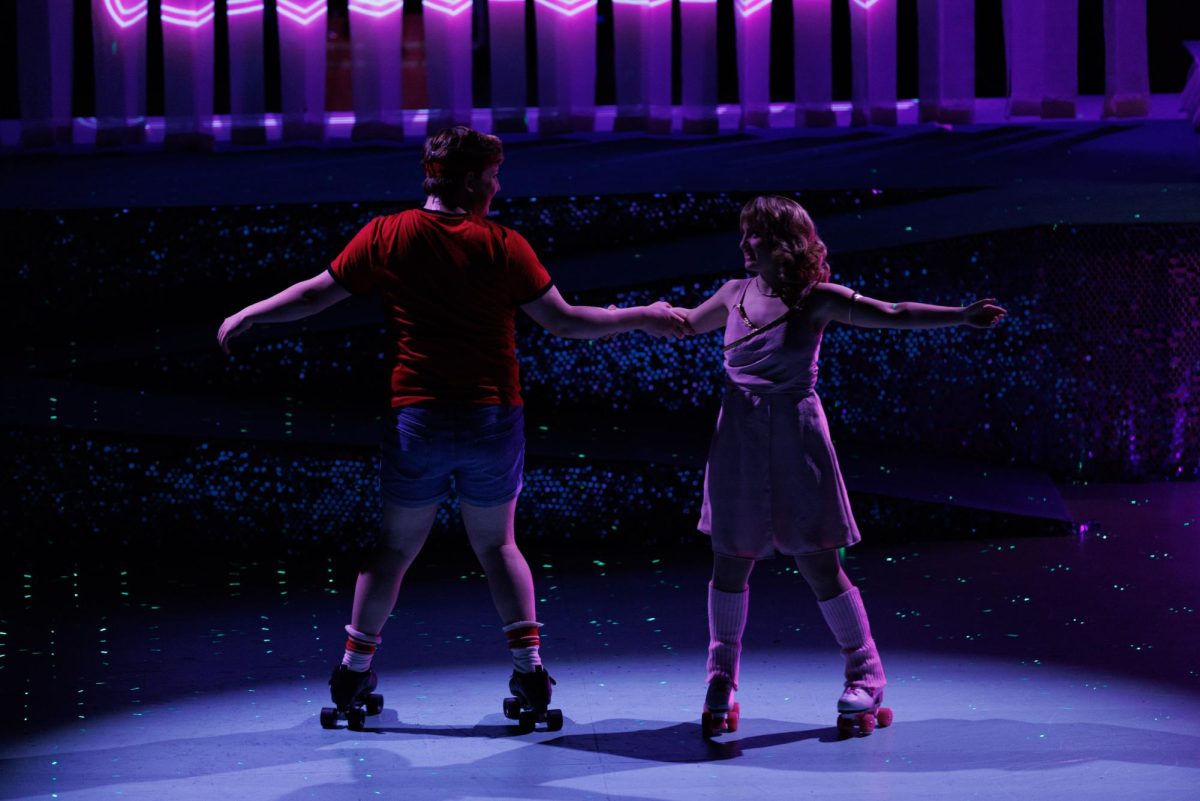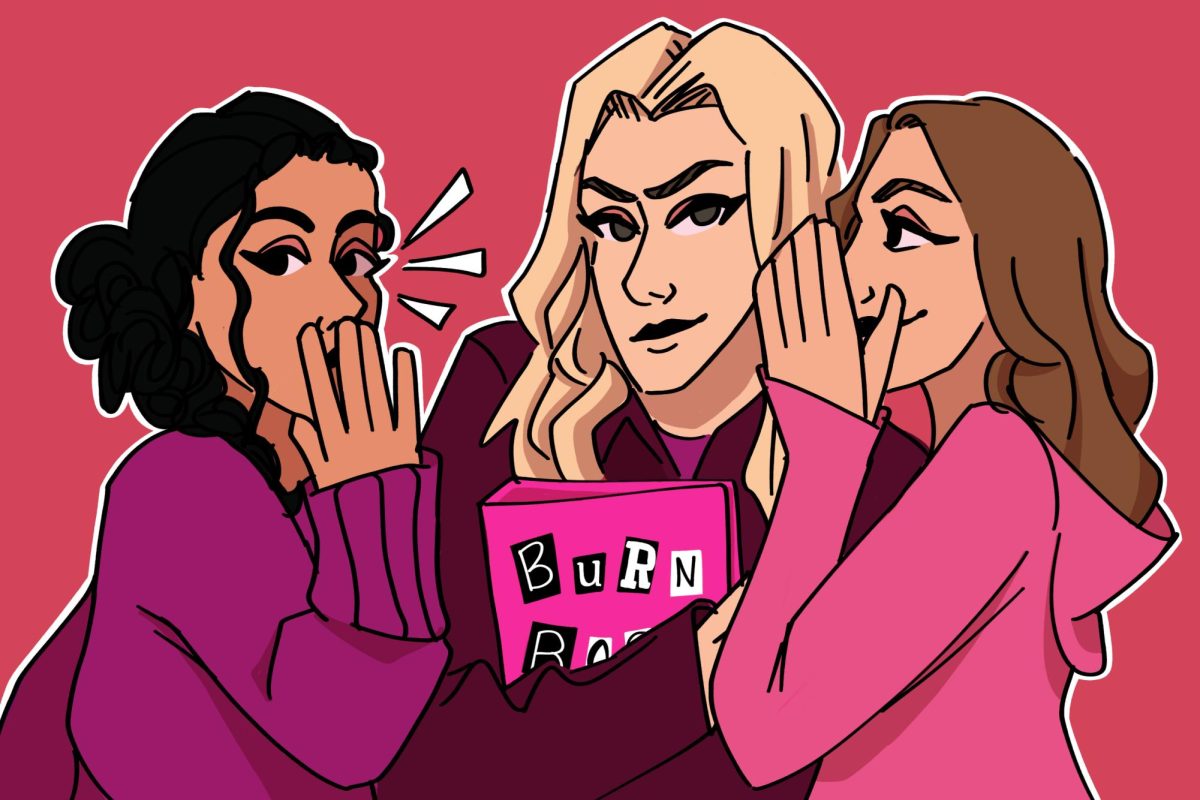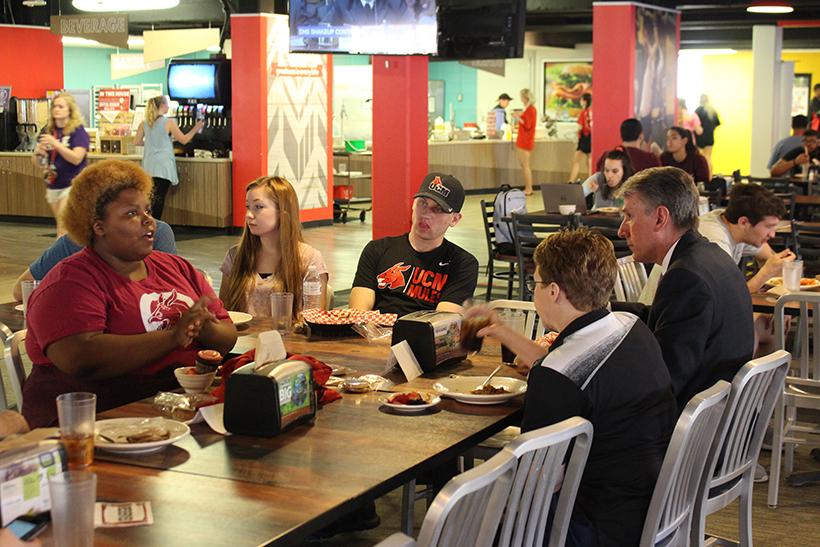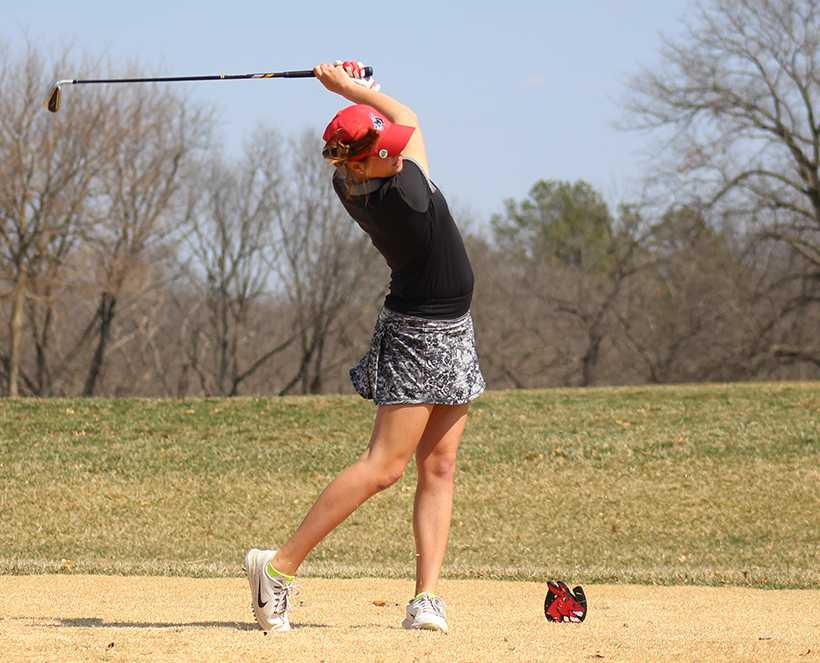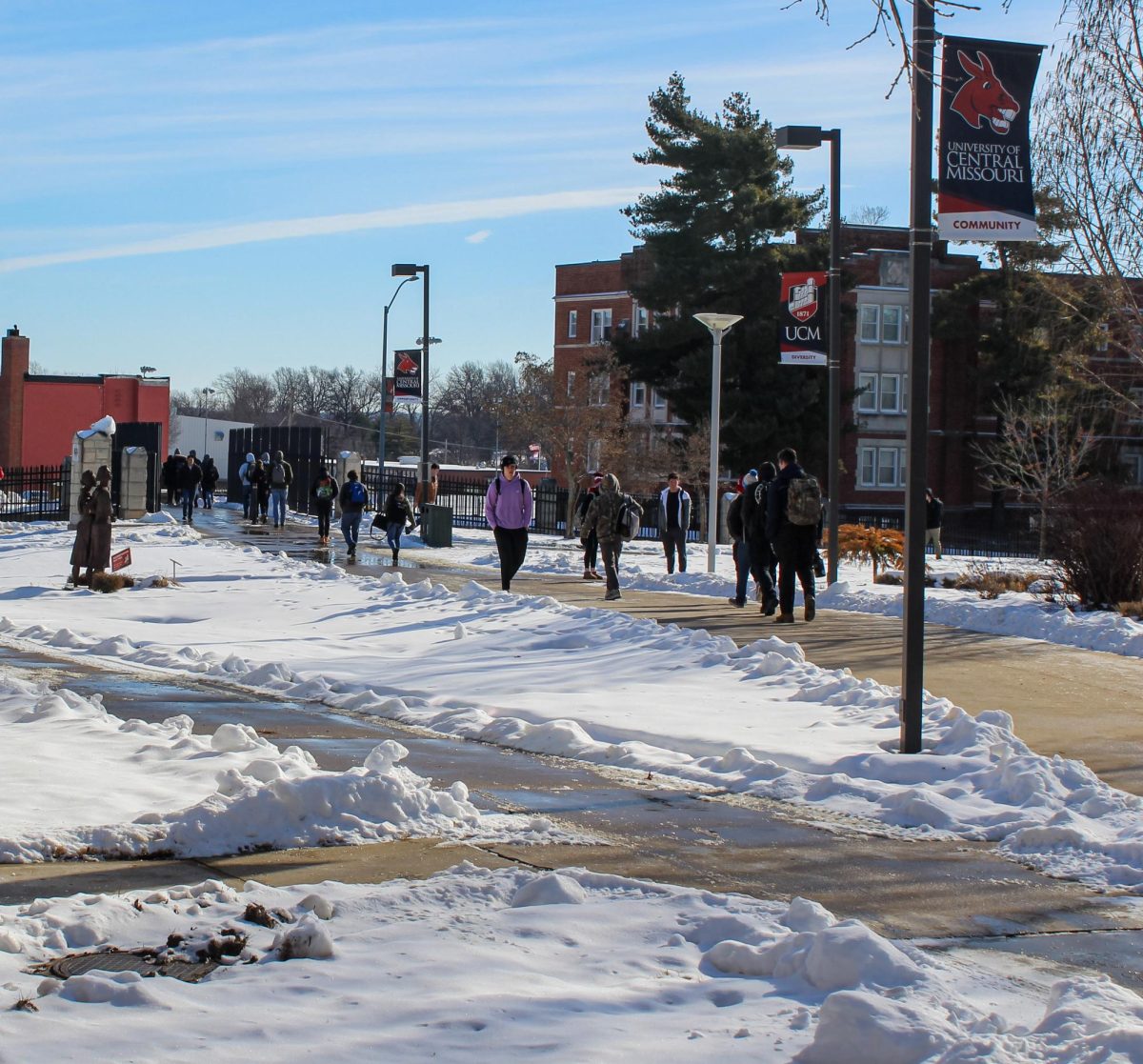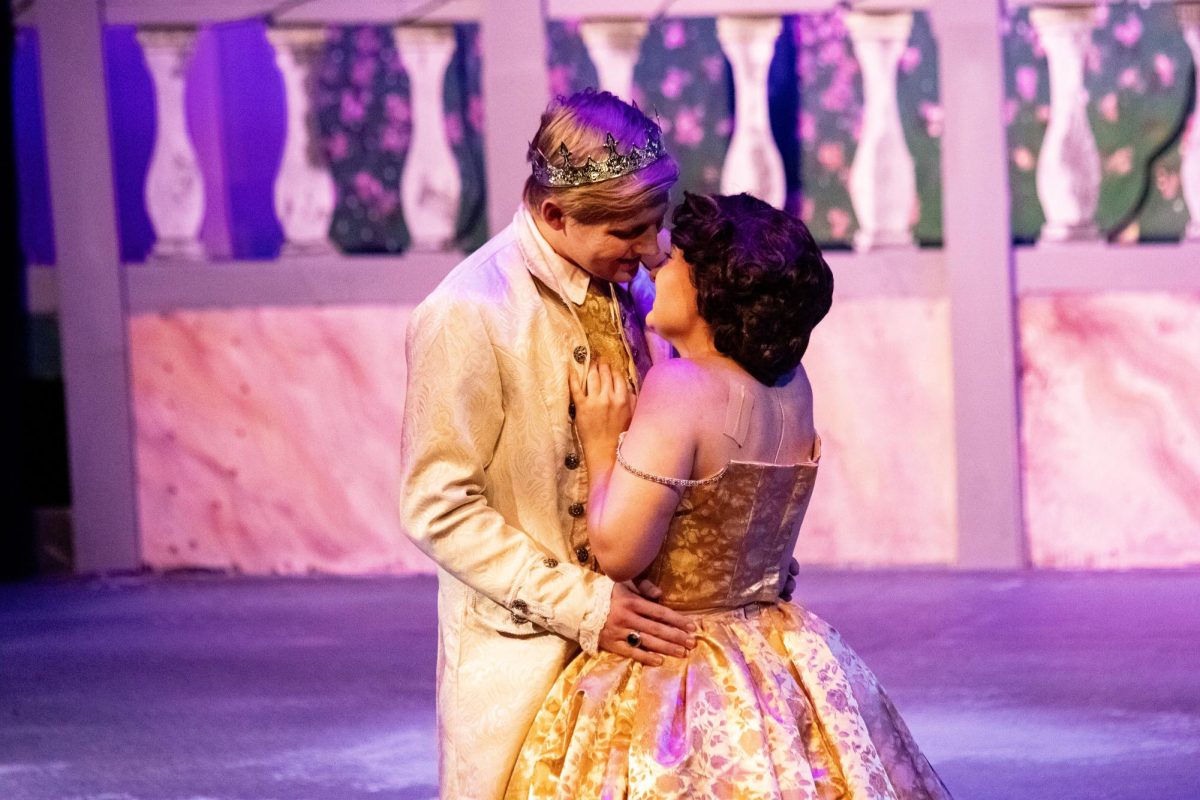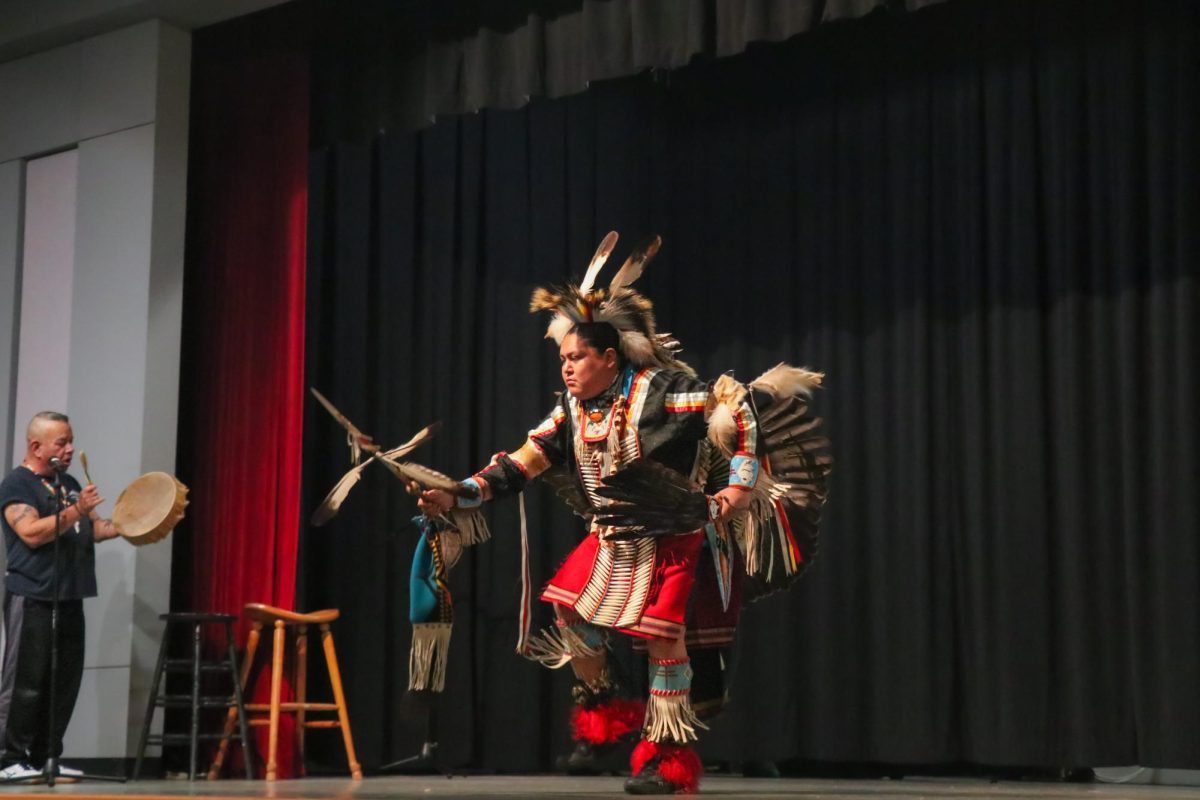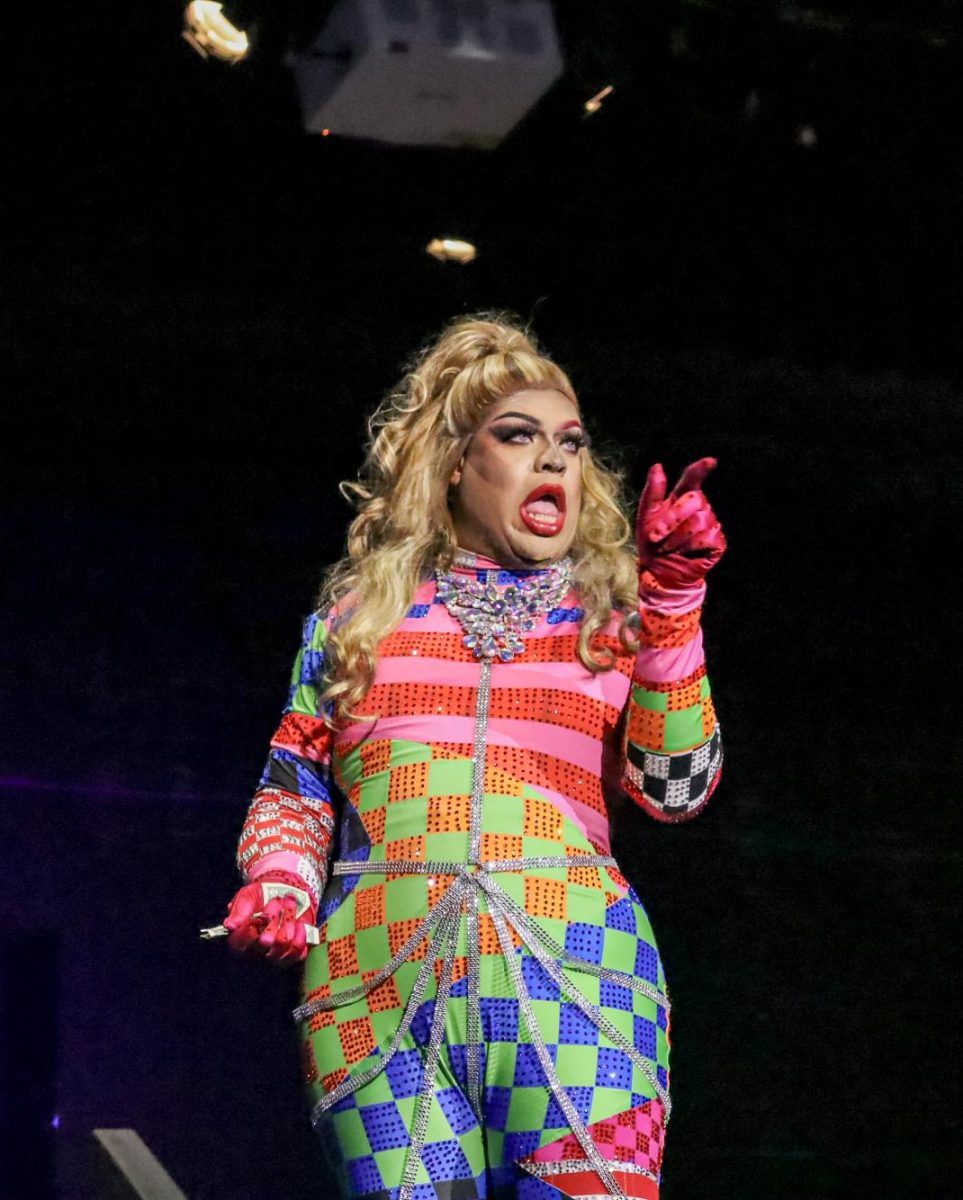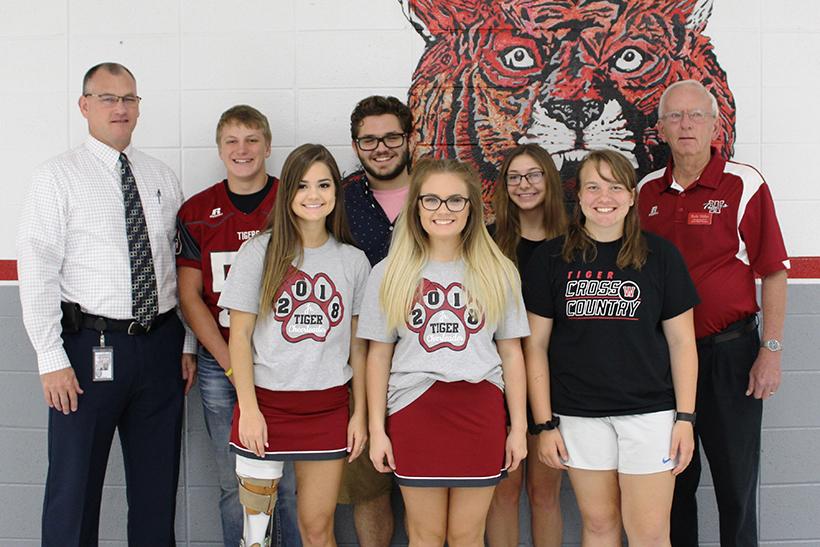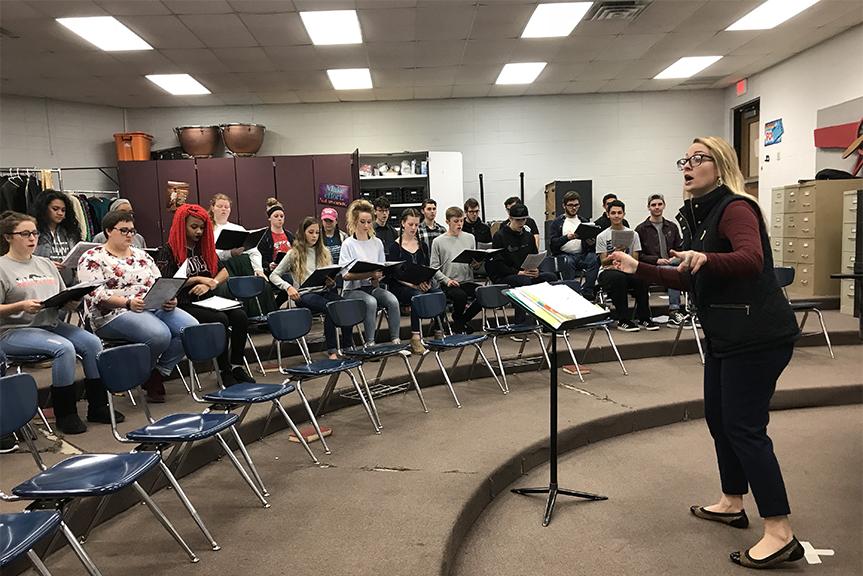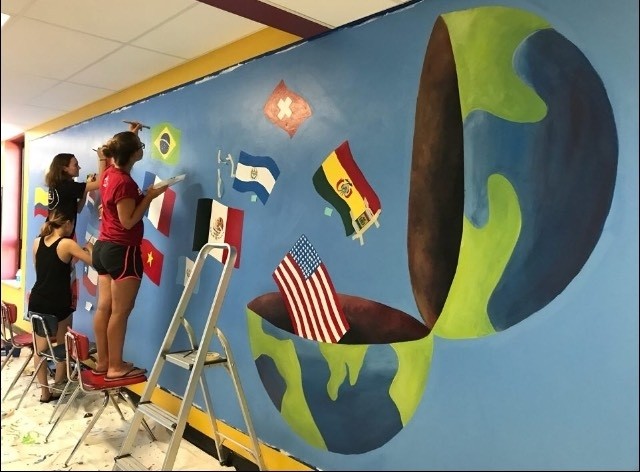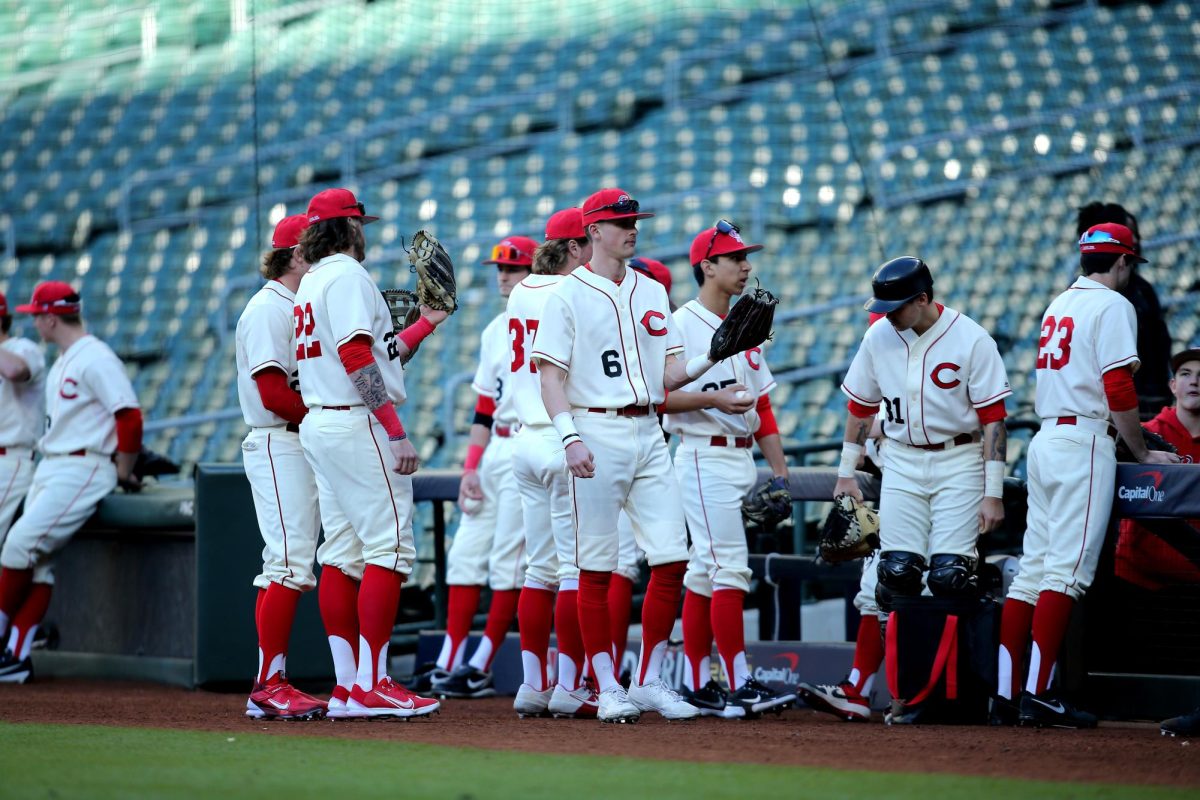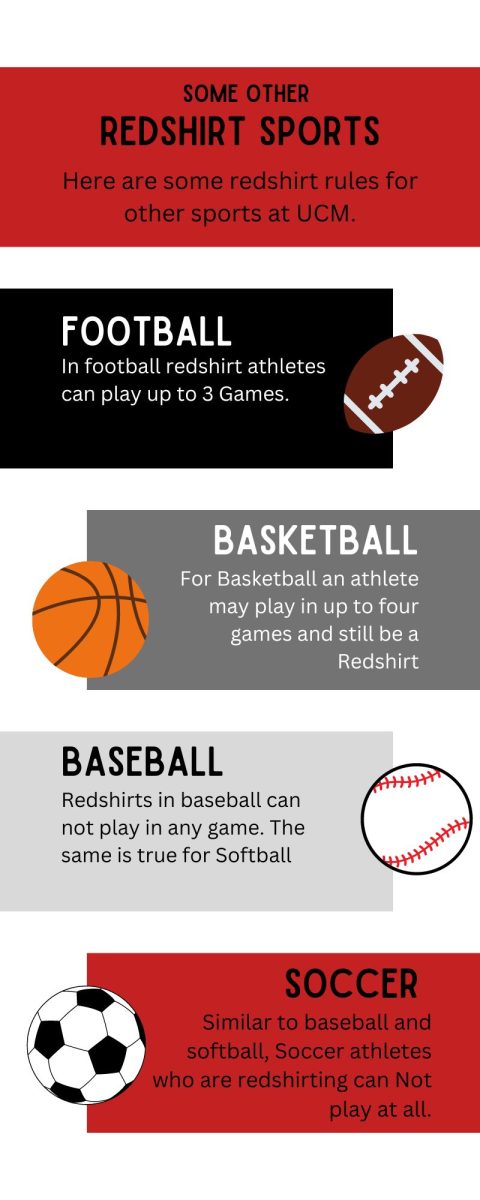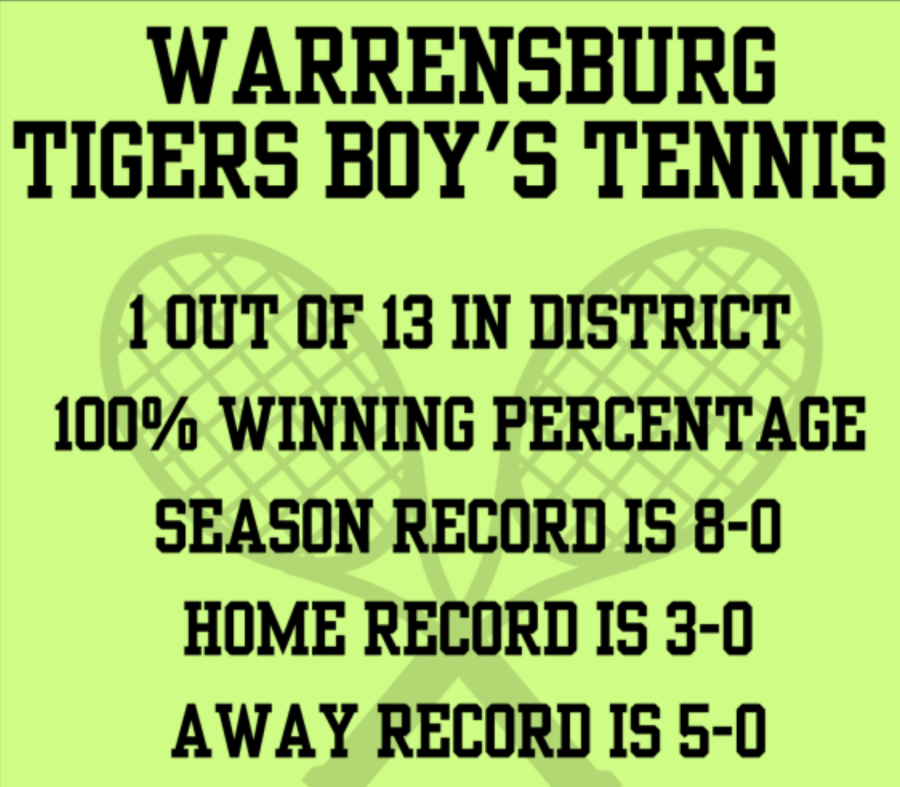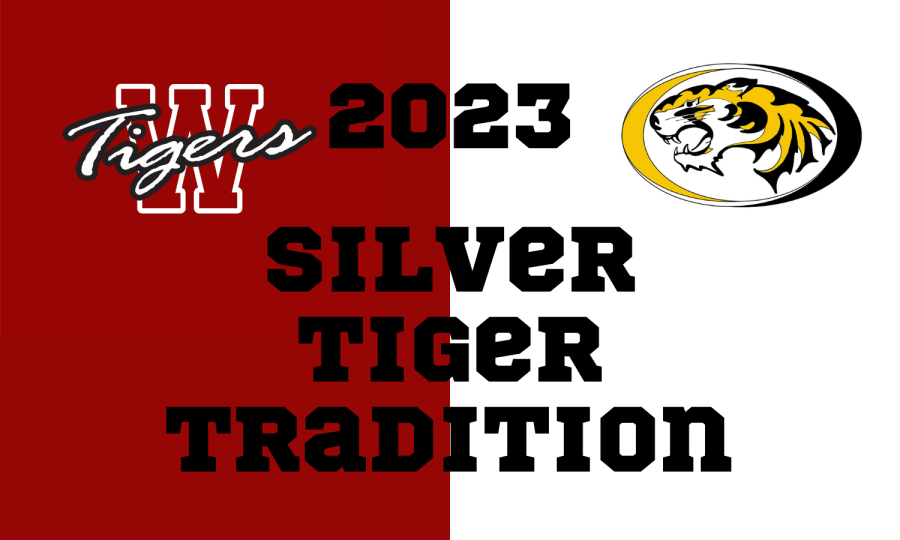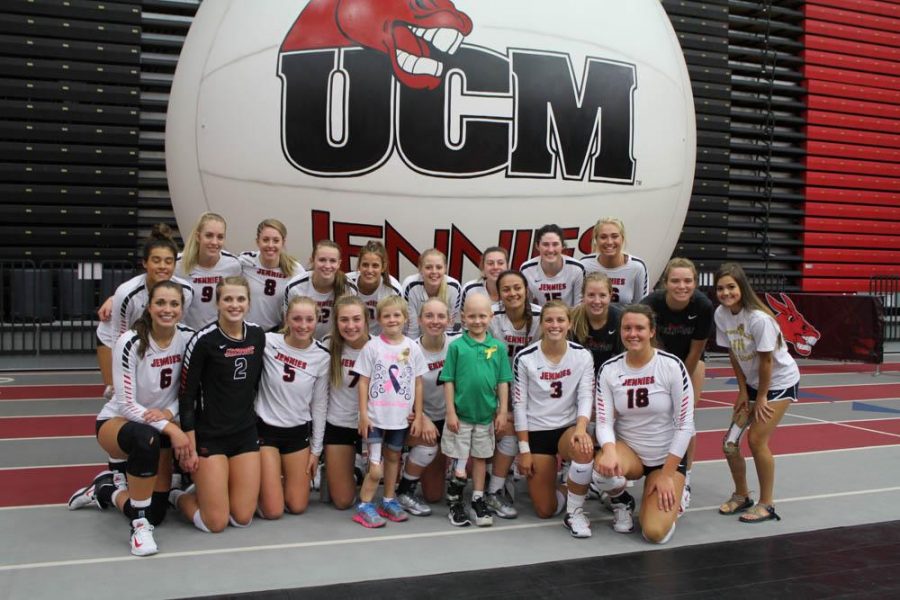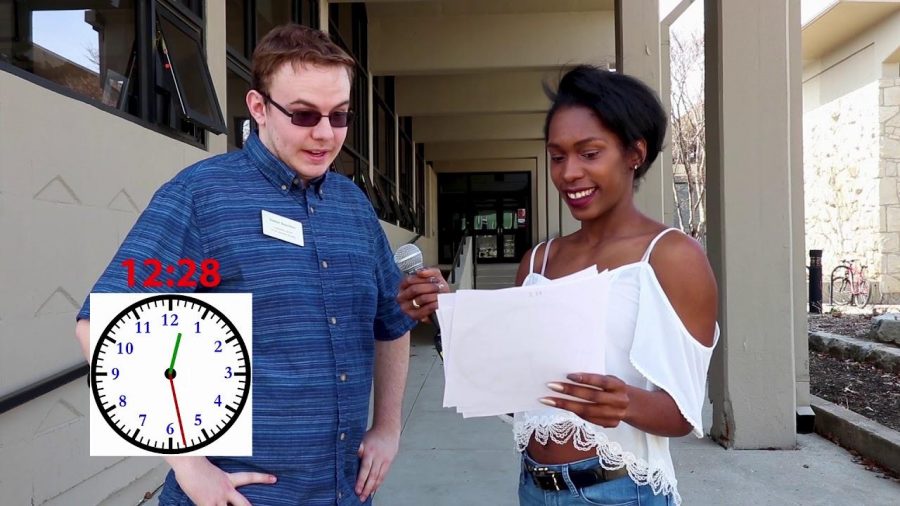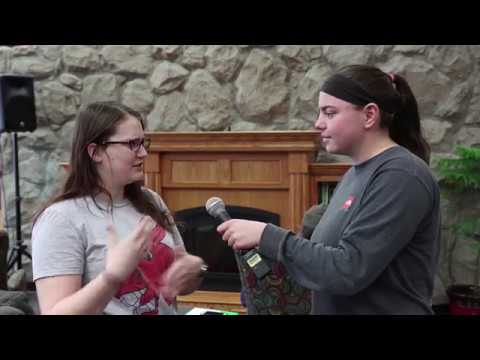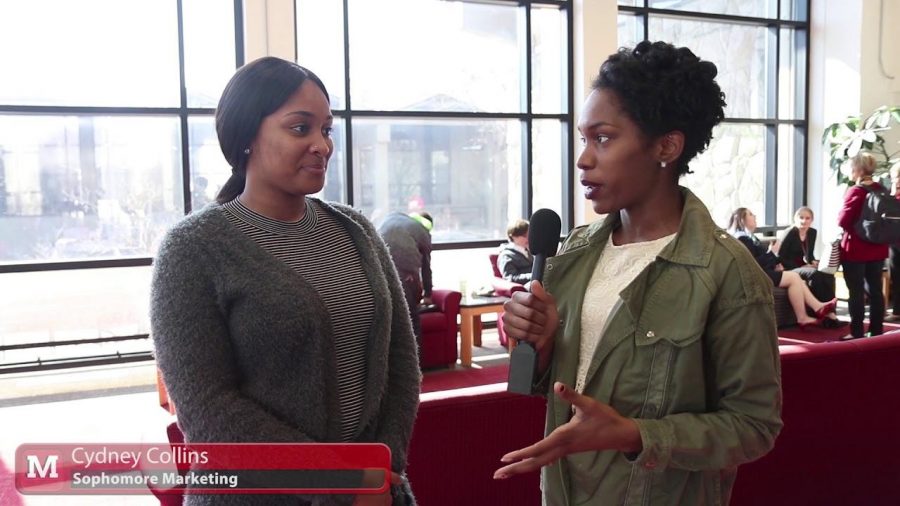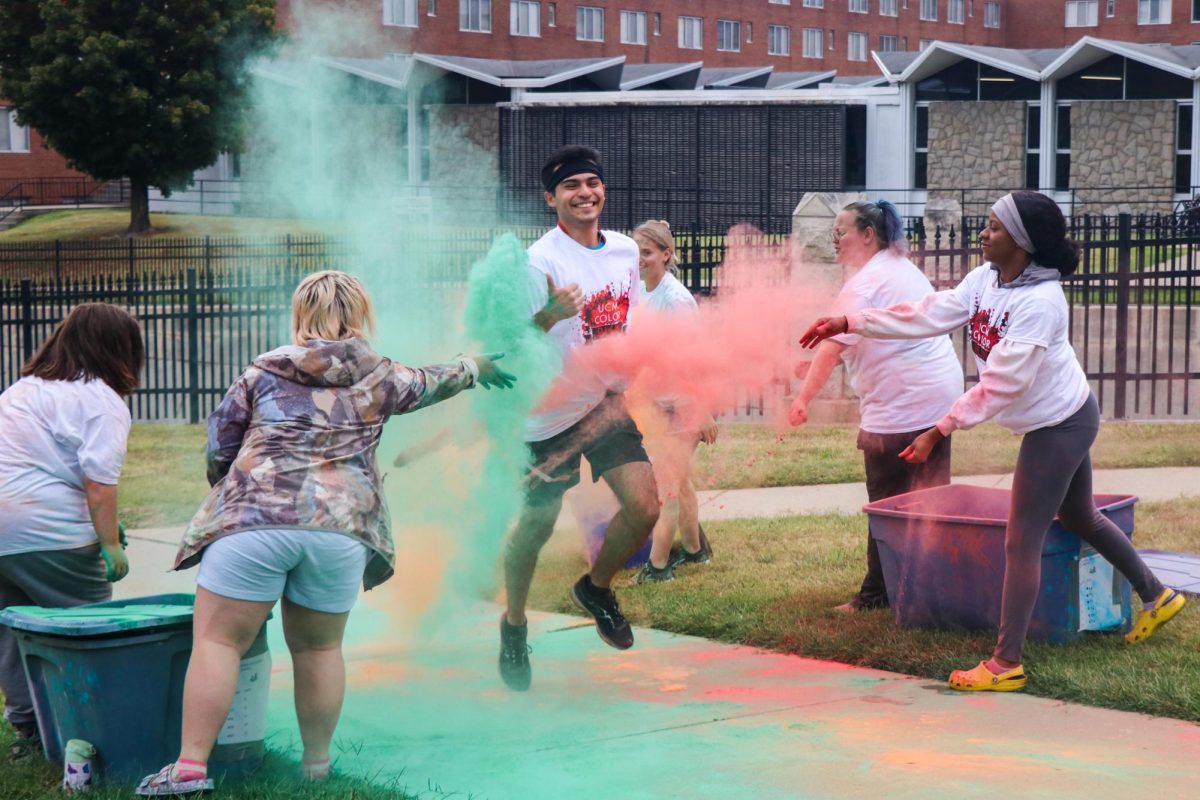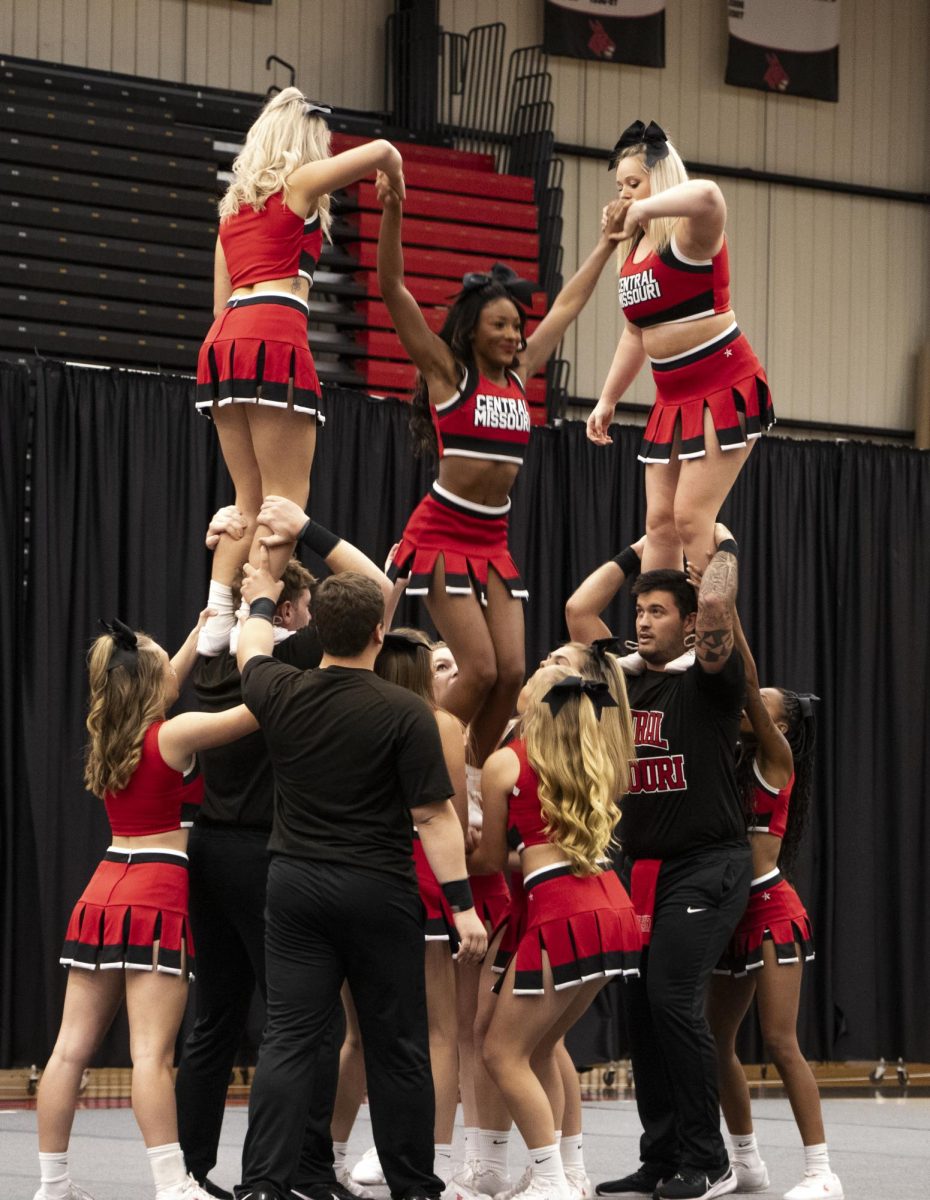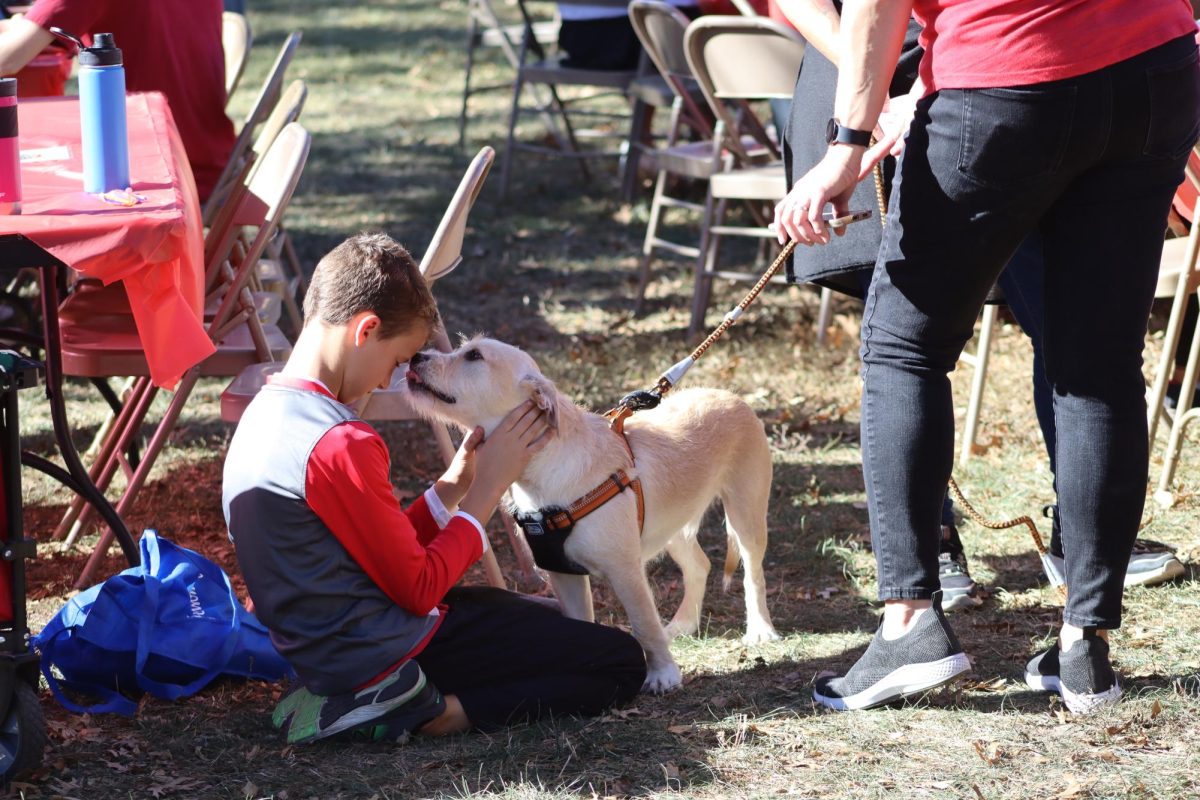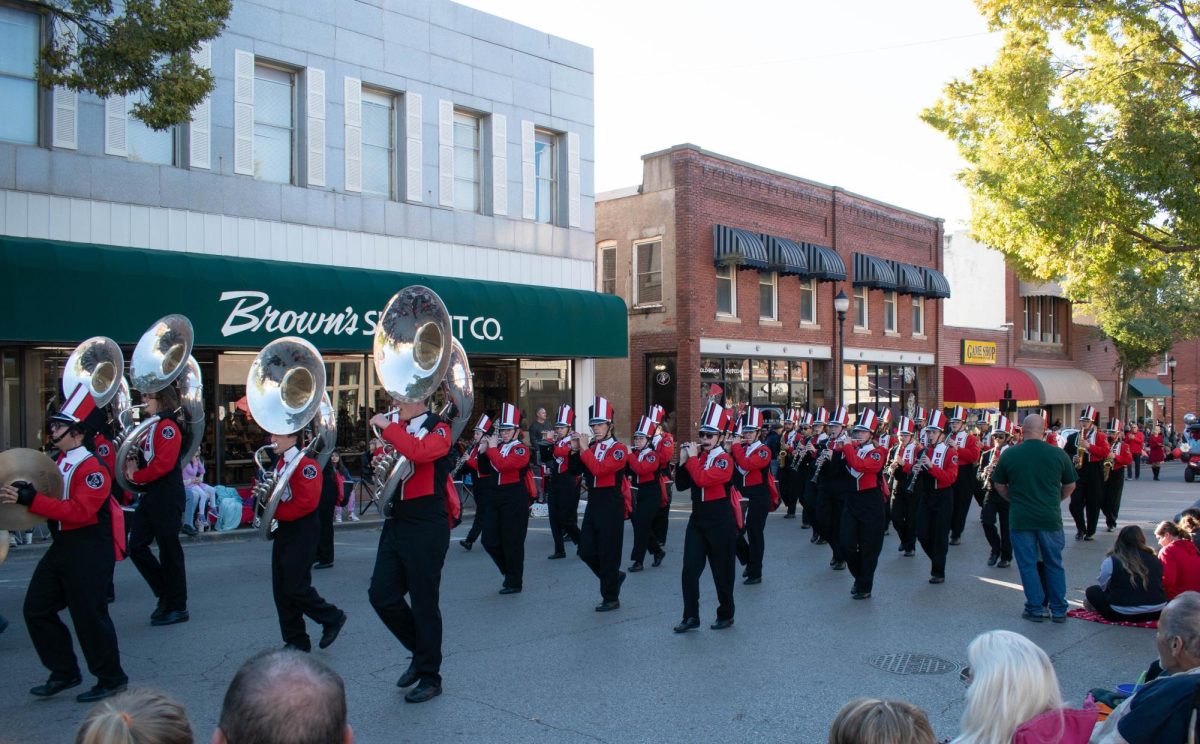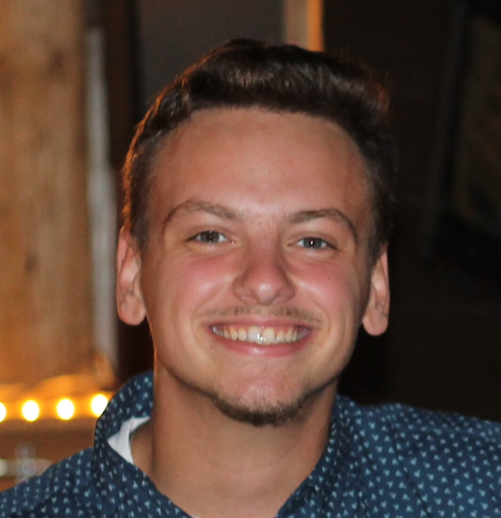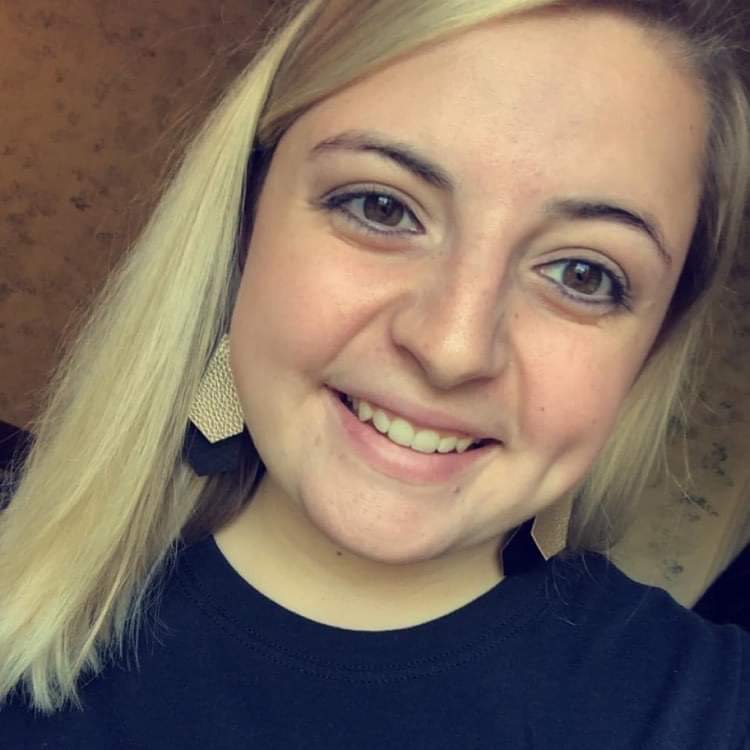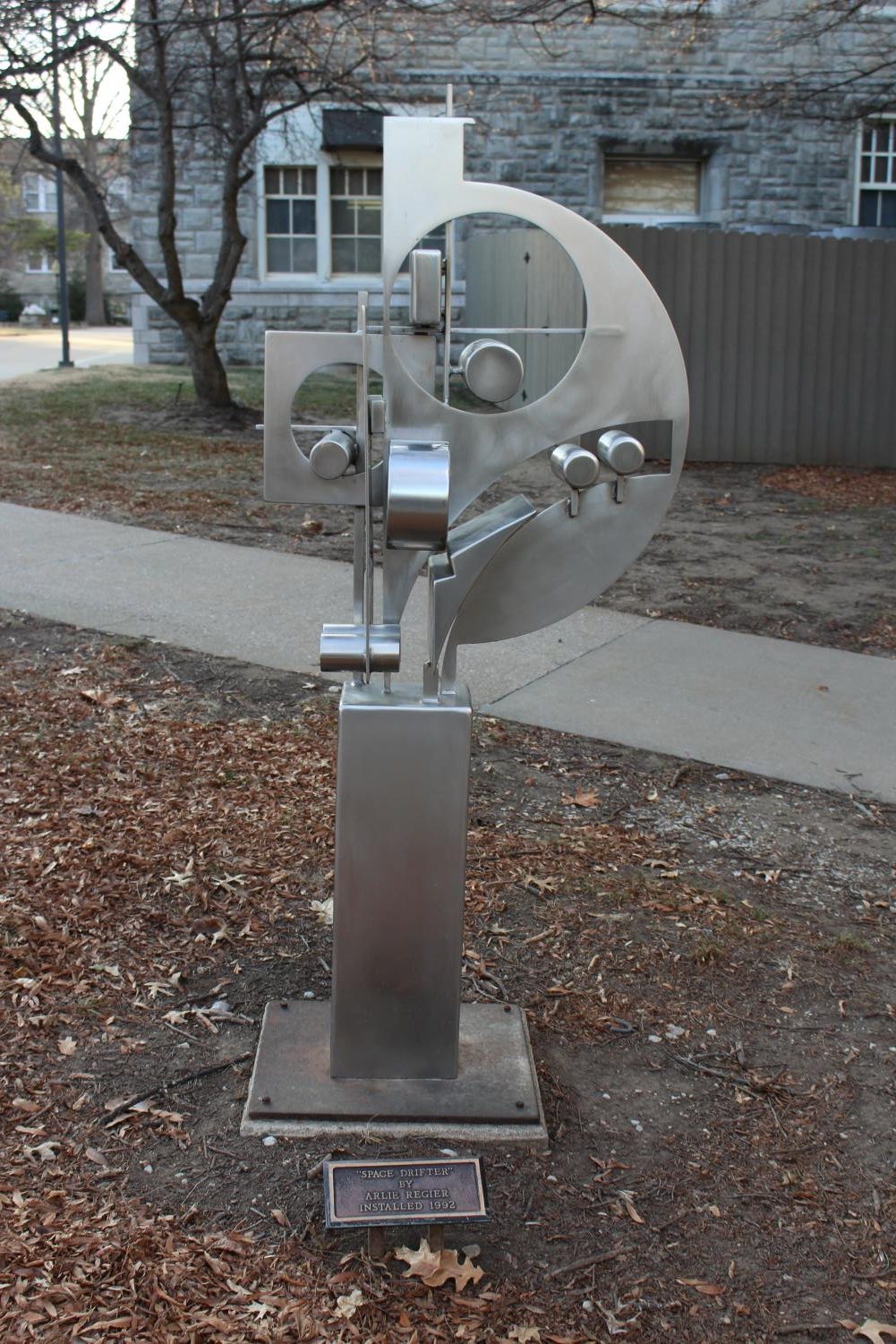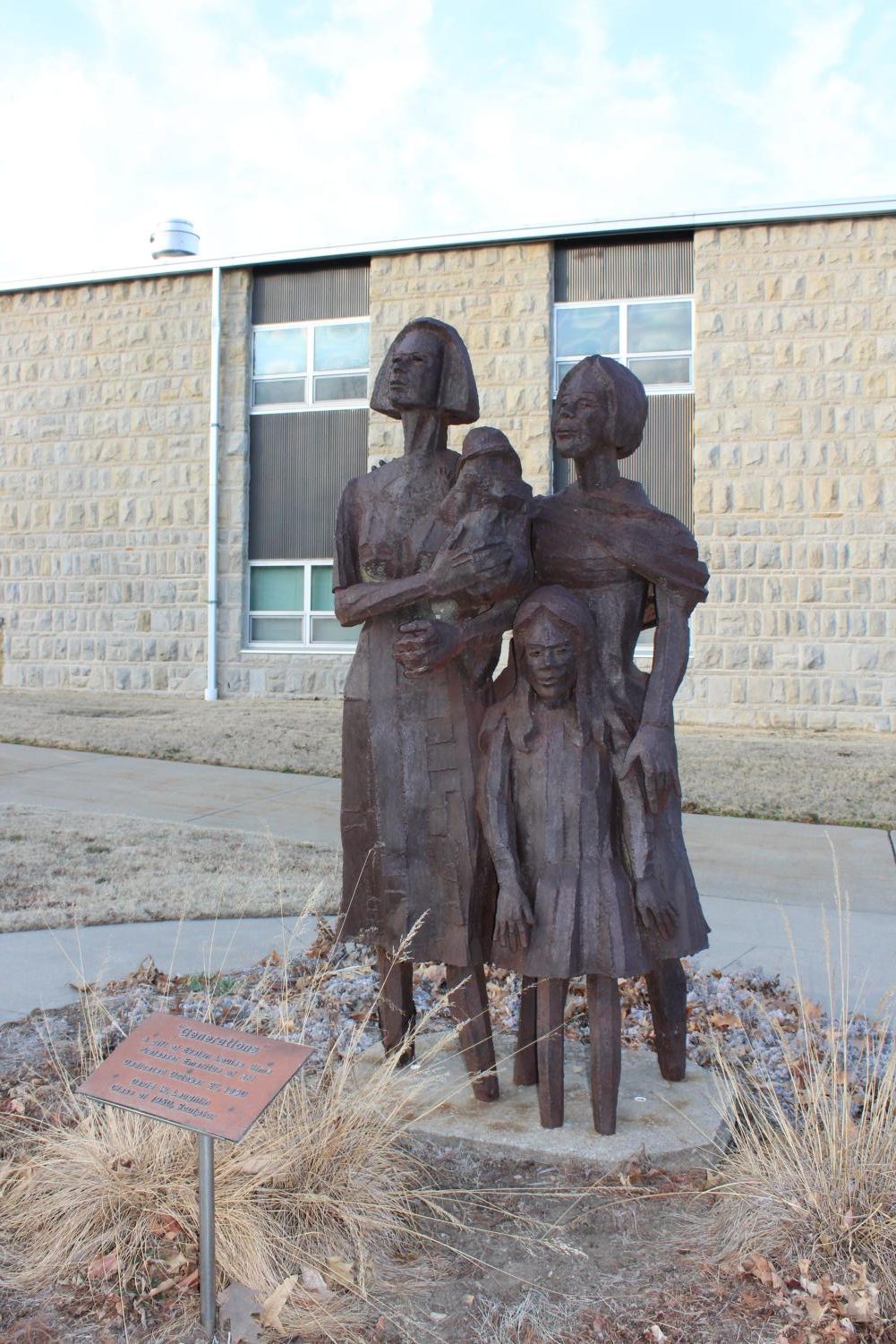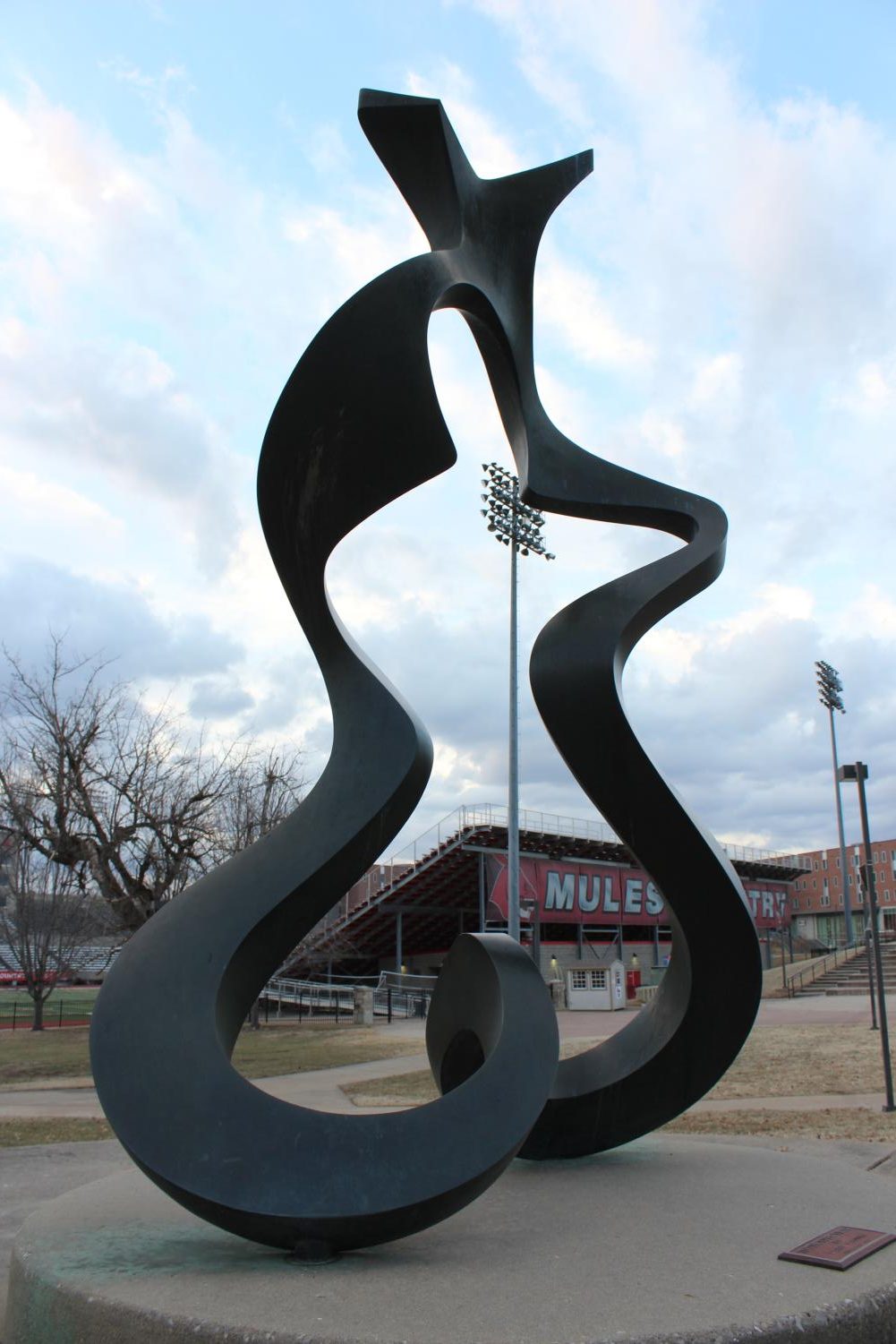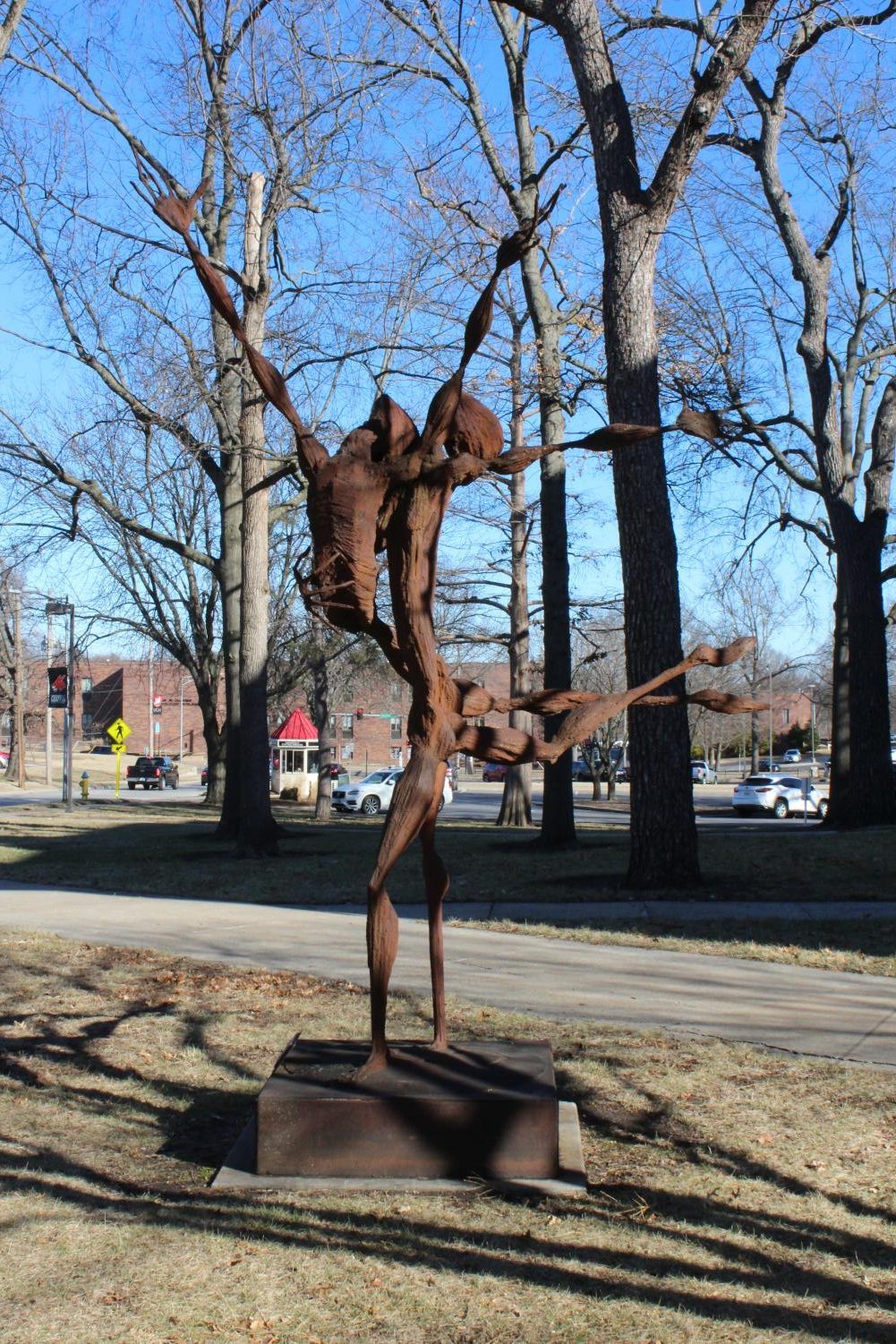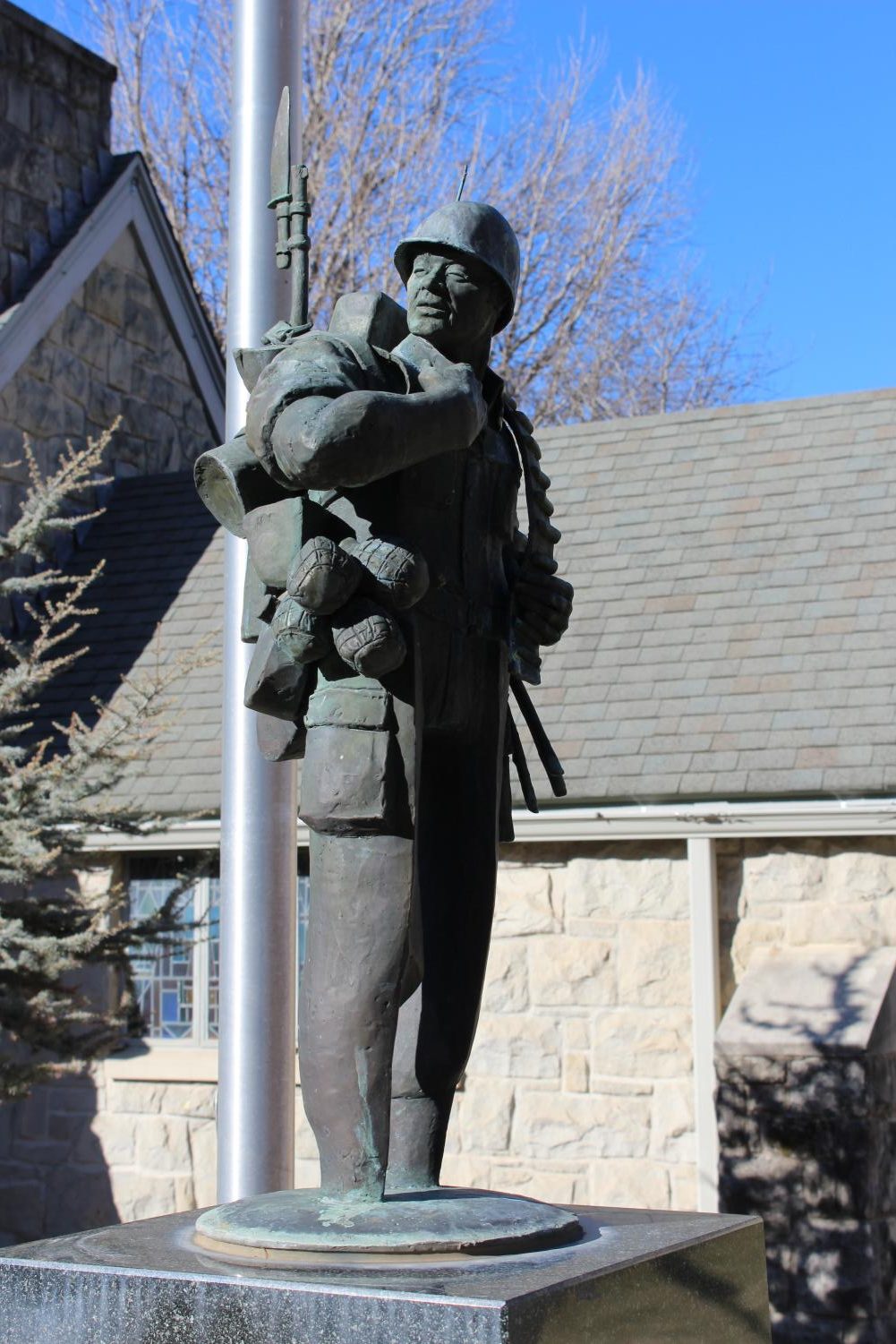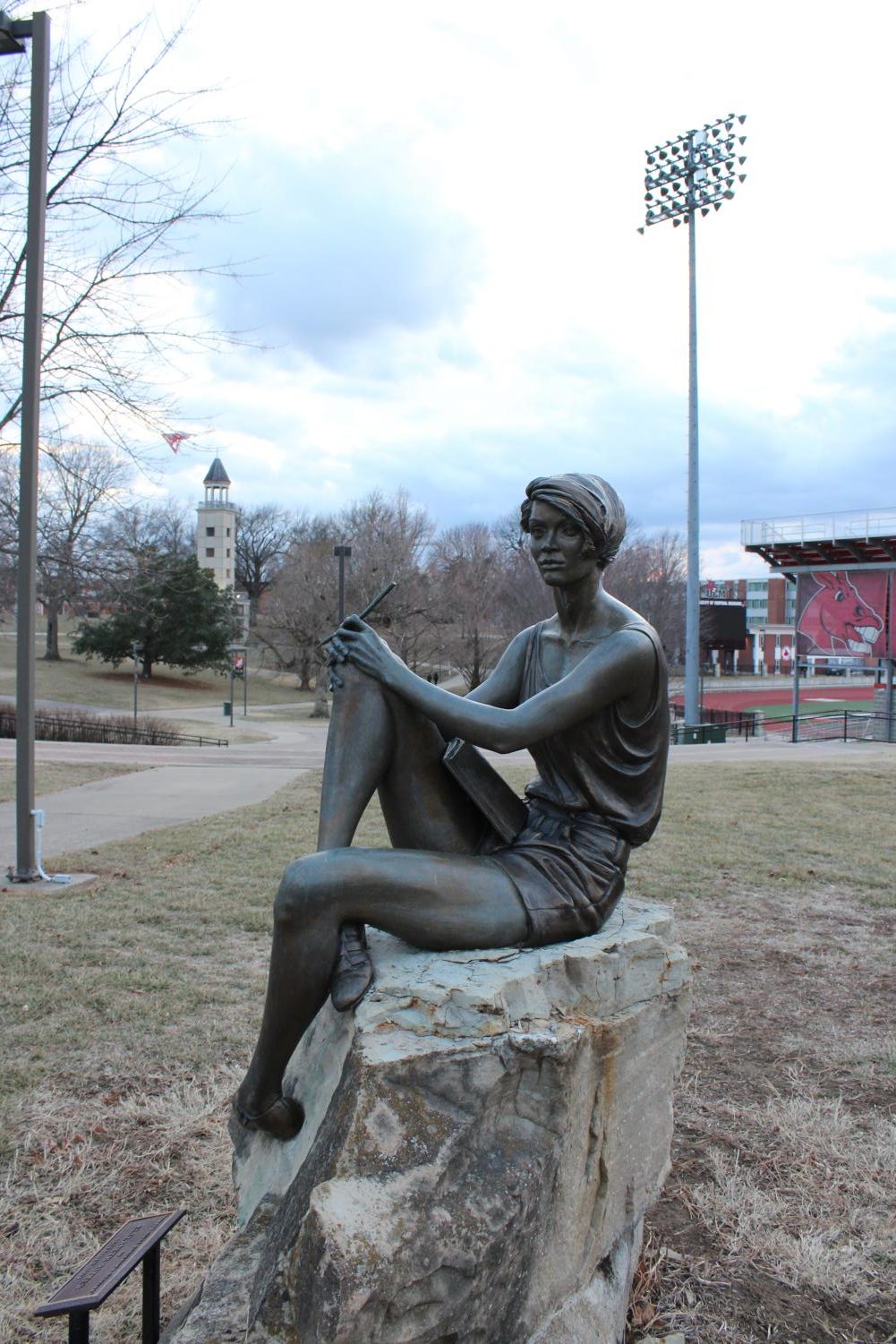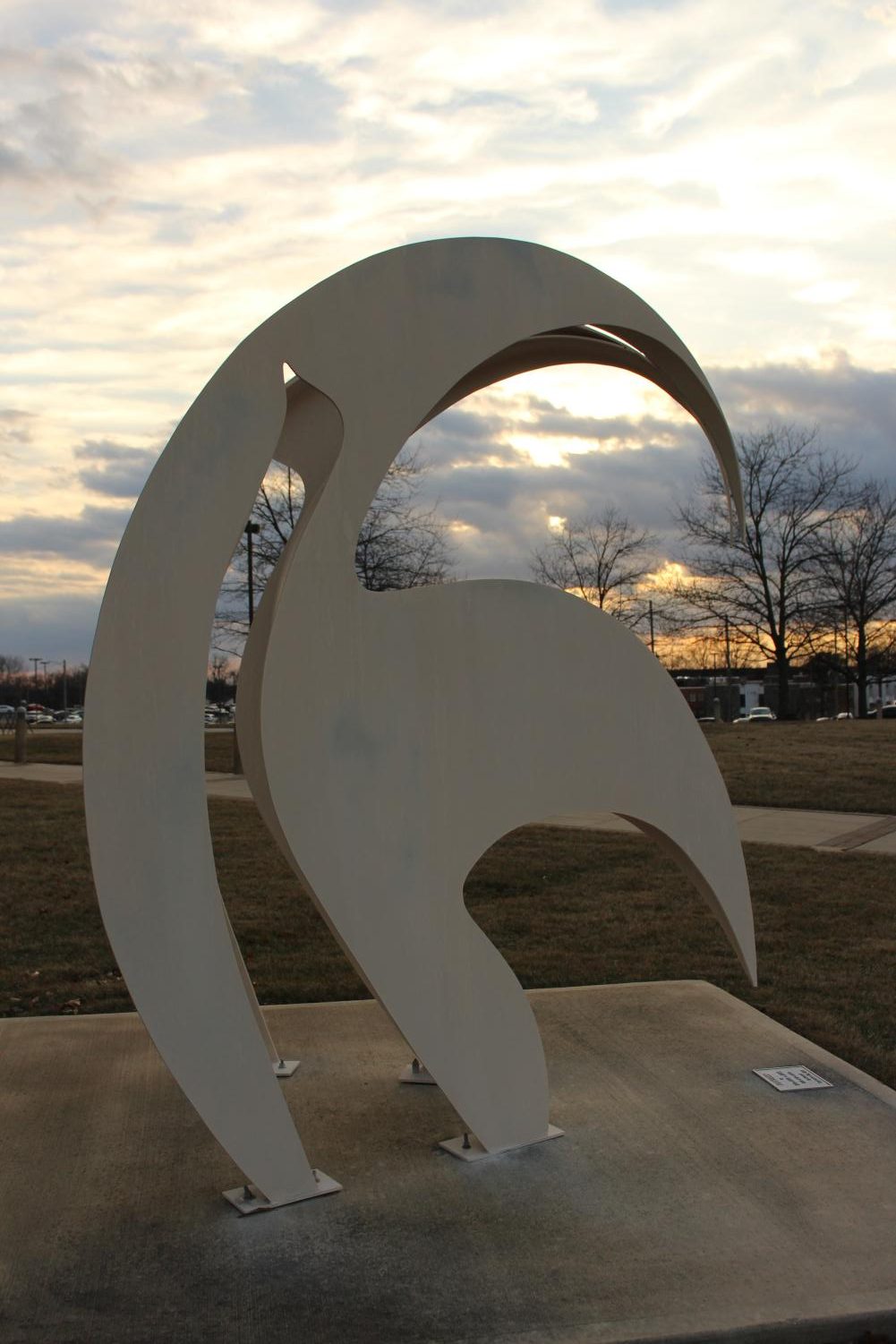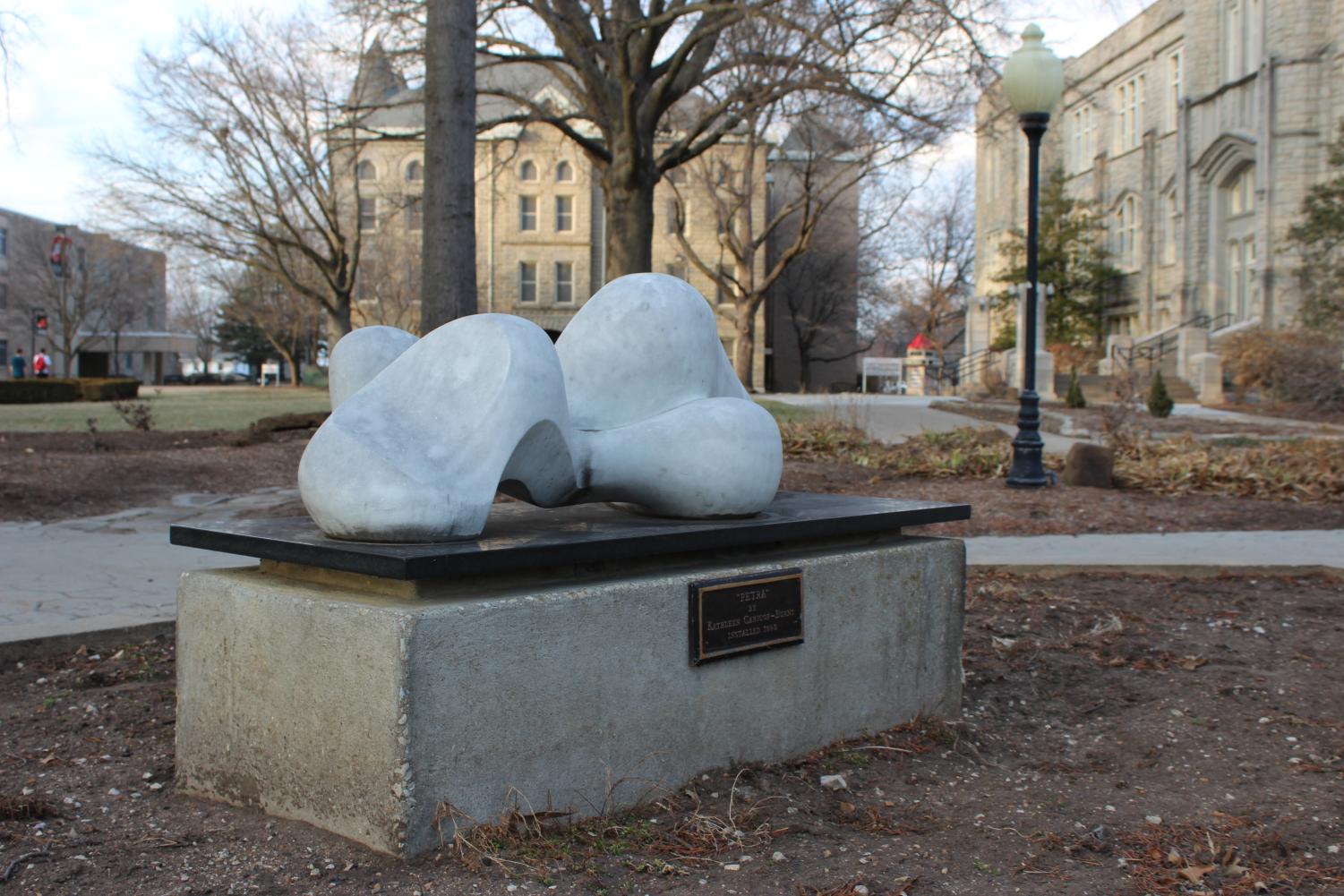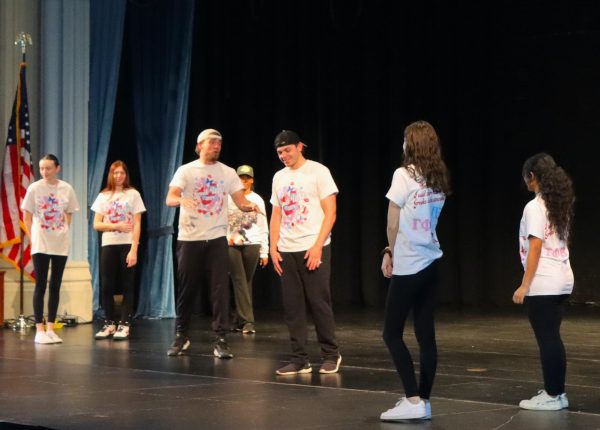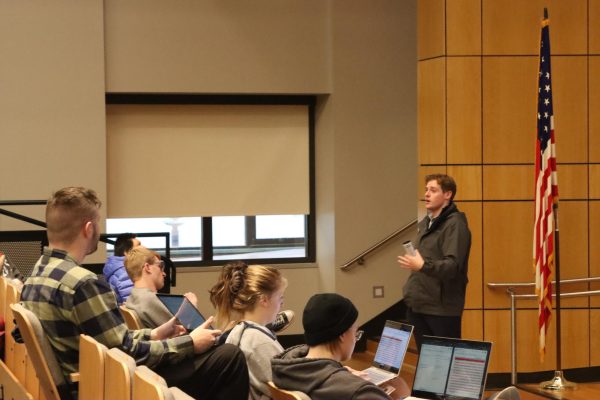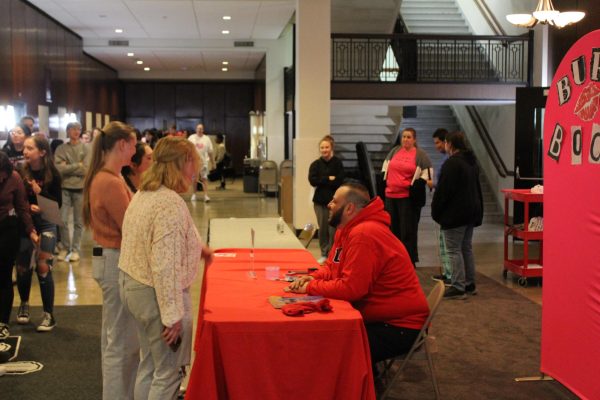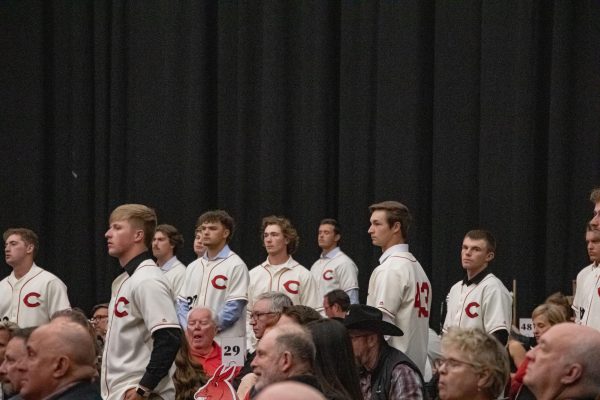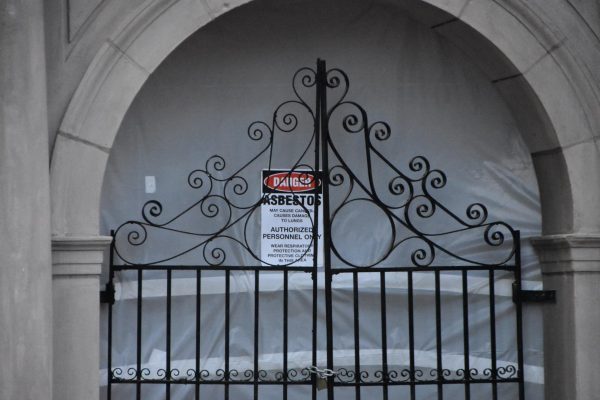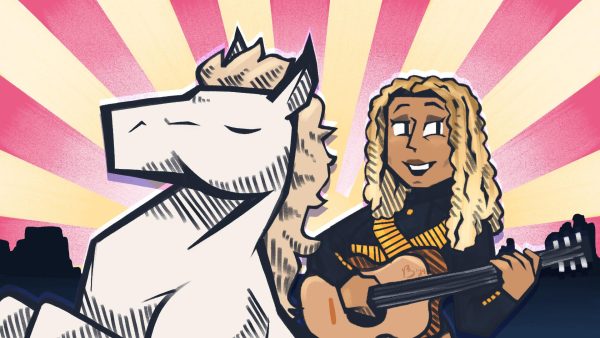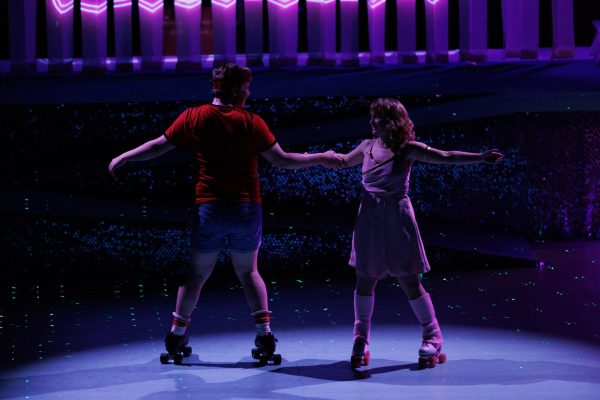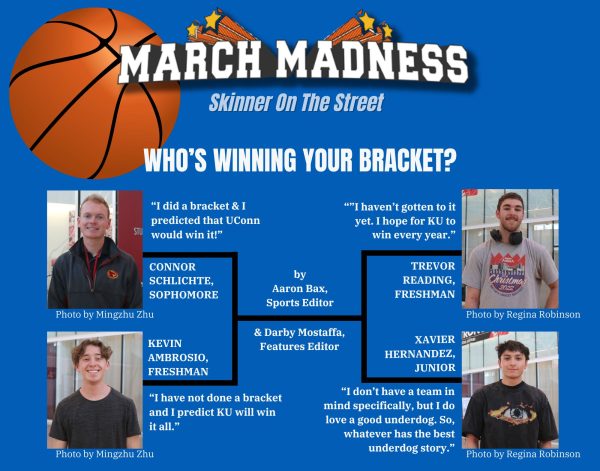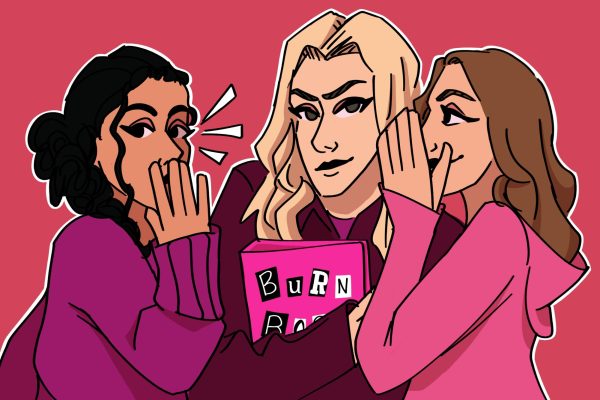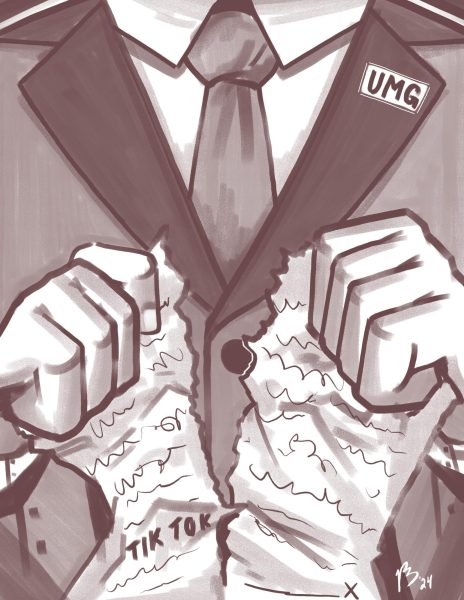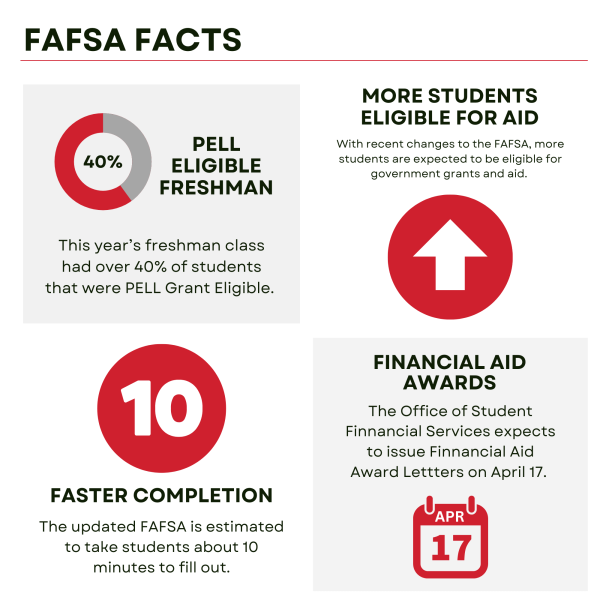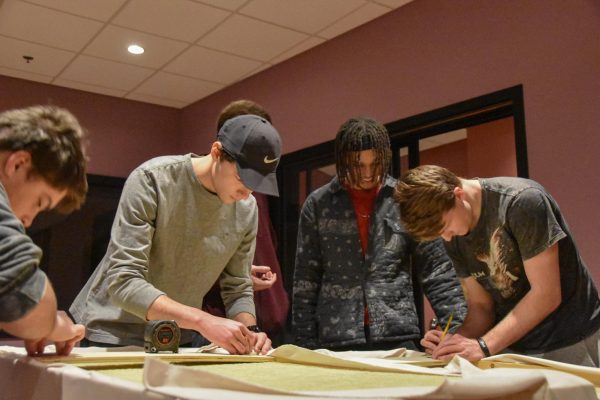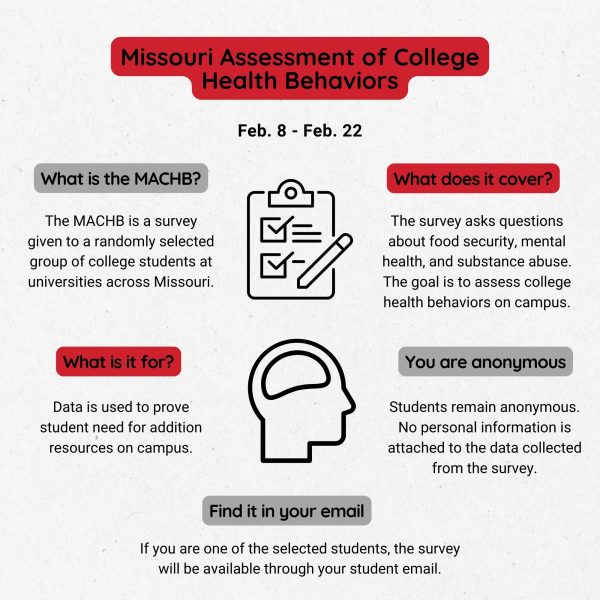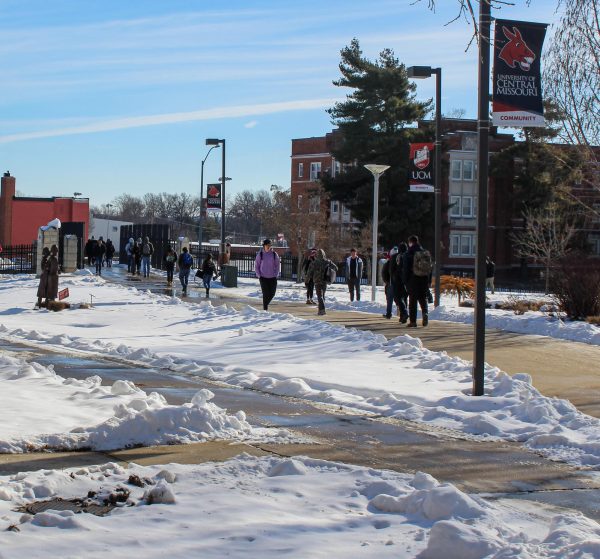Creativity of Today and Tomorrow Throughout Campus
UCM’s Impressive Quantity of Sculpture Impact Students
Since 1971, the University of Central Missouri has had a selection of sculptures for students to draw inspiration upon while on campus. As for the future, Jamie Platt, Gallery and Events Director for the Art Gallery on campus plans to create an all-new virtual art tour for anyone to view the amazing art at UCM from anywhere. Also, a lecture series and curated exhibition from sculptor and performance artist Johanna Winters will begin on Feb. 9.
Some sculptures have been at UCM for over 50 years, while others were introduced more recently. For example, one of the university’s most recognizable and eye-catching pieces, Elizabeth Ritter’s “Today’s Quest, Tomorrow’s Destiny” arrived at UCM in 1998. The sculpture can be found between W.C. Morris and the football stadium. “Today’s Quest, Tomorrow’s Destiny” shows a young girl sitting on a stone, contemplating her future. Ritter said that her inspiration for this piece was sparked by a sculpting class.
“I had taken a class with a world-class sculptor in Colorado, and I got a small moquette of a studying girl,” said Ritter. “It just seemed to lend itself to that whole idea. I really like to promote more women going to college, getting degrees, that kind of thing.”
While many believe Ritter’s sculpture to be breathtaking, there are many other pieces on campus that others find have the ability to communicate thought and emotion. Such as, “Petra” by Kathleen Caricof which sits in front of the southwest corner of the Administration Building. Deriving from Latin/Greek, the sculpture shows a woman bowing, seemingly petrified in time. While Caricof now has artwork all across the country, “Petra” was one of Caricof’s first large marble works, and the sculpture was created using white marble from the Yule Marble Quarry, the same stone that was used to create national monuments such as the Tomb of the Unknown Soldier at the Arlington National Cemetery. “Petra” provides variety to the collection of art on campus, as it takes a more abstract approach.
“It’s a collection of art, and all art isn’t the same,” said Caricof. “The more diverse your university is, the more diverse your art is. I think people see art differently, so it’s nice to have the realistic eagle that everyone understands, compared to an abstract form that people interpret differently.”
Many students believe sculptures at UCM cannot be graced over without touching on the iconic Mule statue just outside the football stadium.
“The mule statue is a huge part of UCM,” said mule rider Nate Frazee. “Seeing all the incoming freshmen take photos with the mule is always a good feeling for the mule riders and we’re definitely glad to have it on campus.”
While the Mule seems like it would be a long-standing part of the university due to it being the university mascot, it was actually only introduced just 7 years ago in 2016. Every year, the bronze sculpture bears the weight of UCM students filled with school pride for fun photos.
Dillon Seckington is a senior at the University of Central Missouri pursuing degrees in digital media production with an emphasis in digital journalism...

